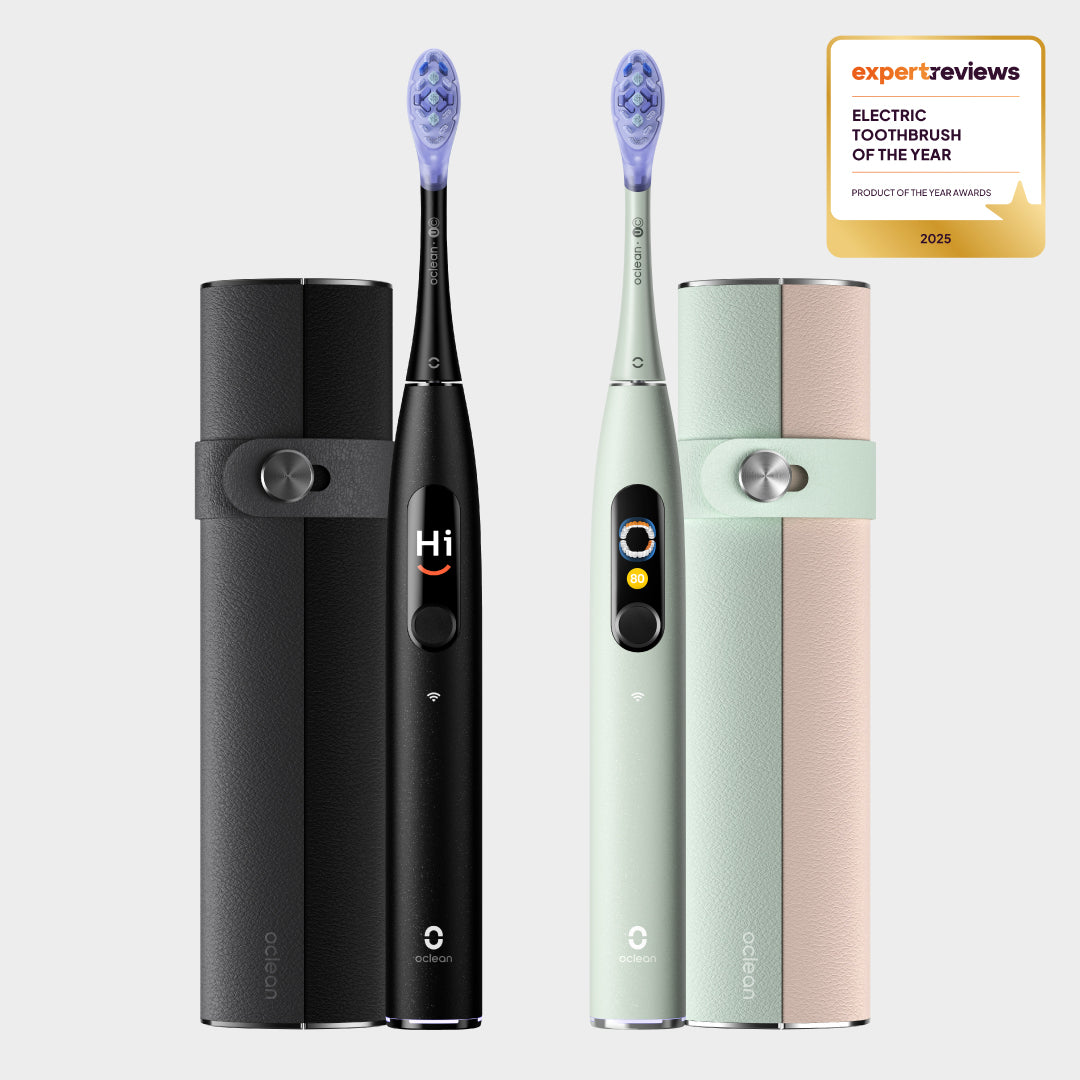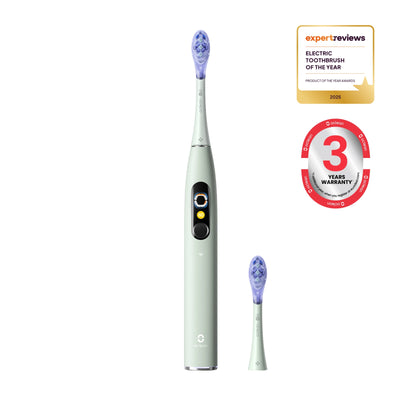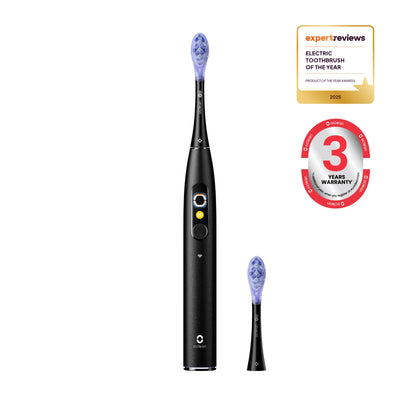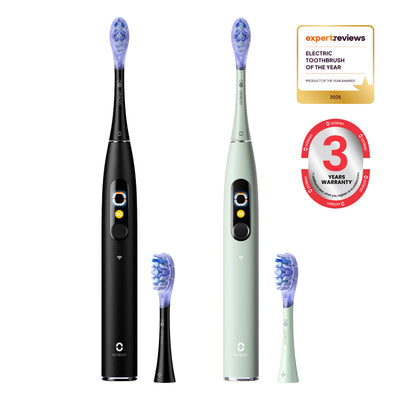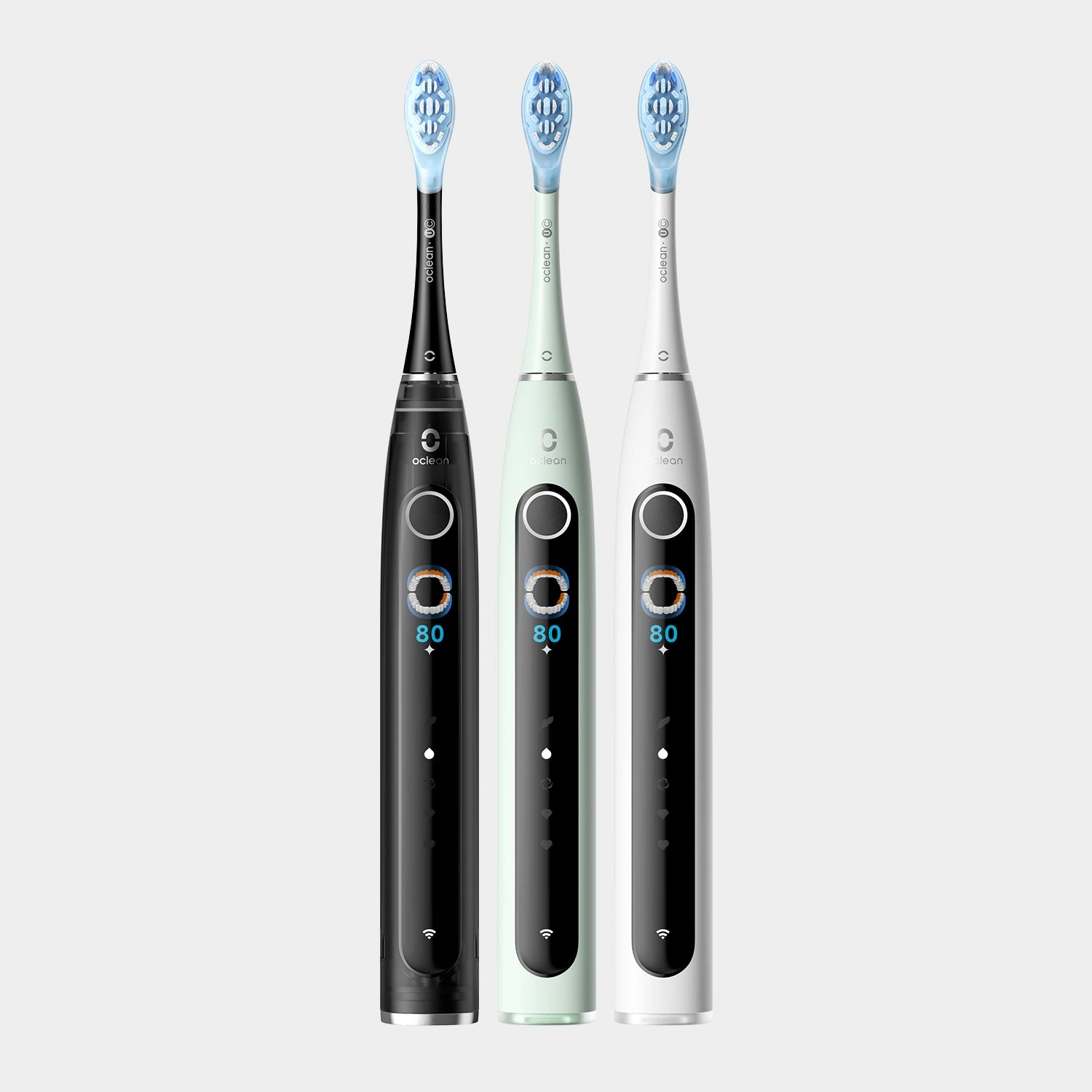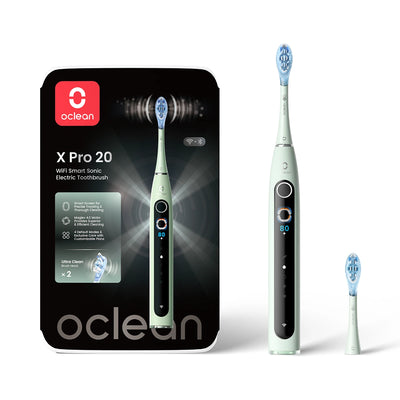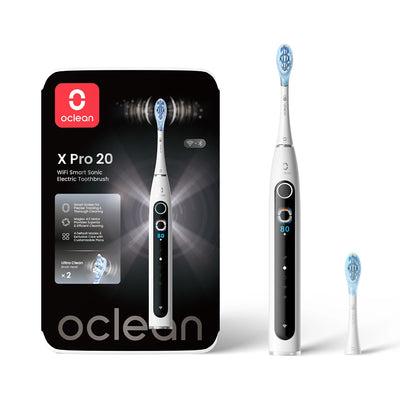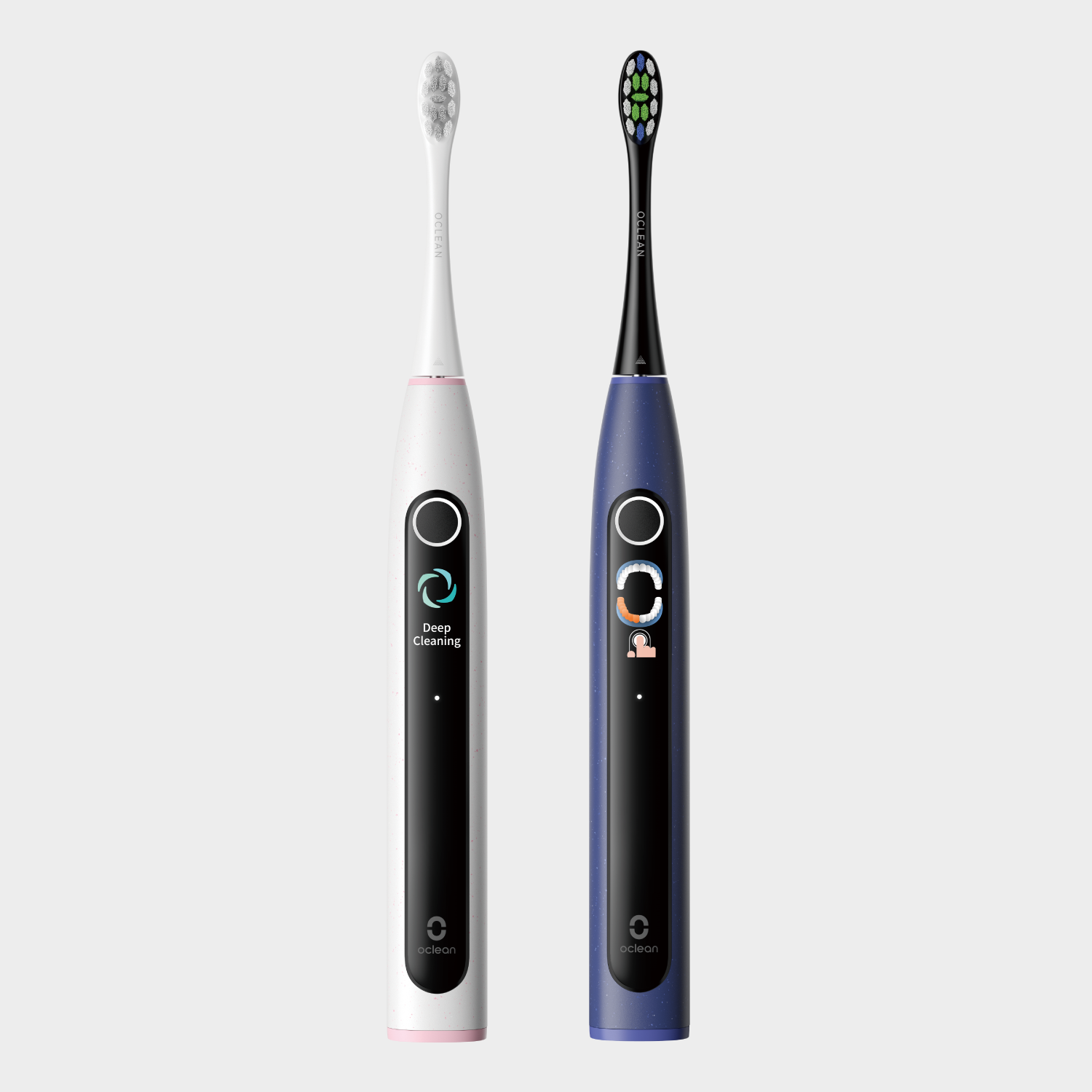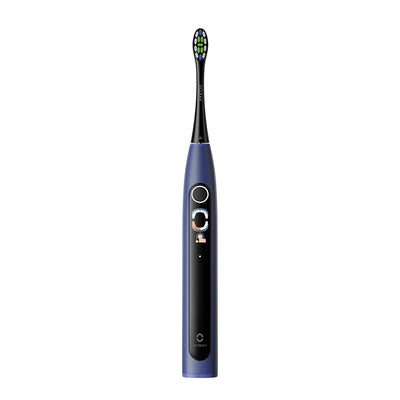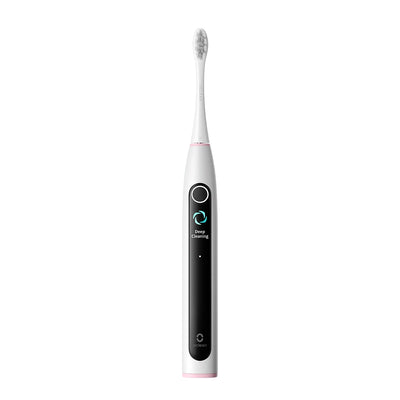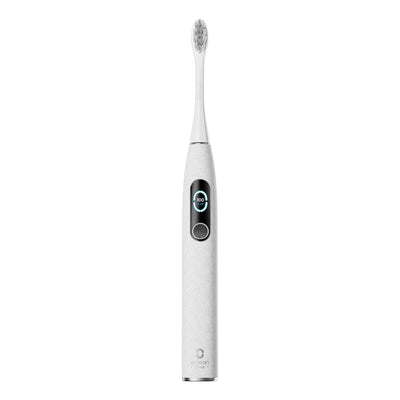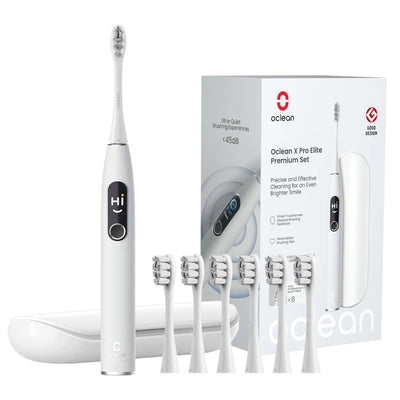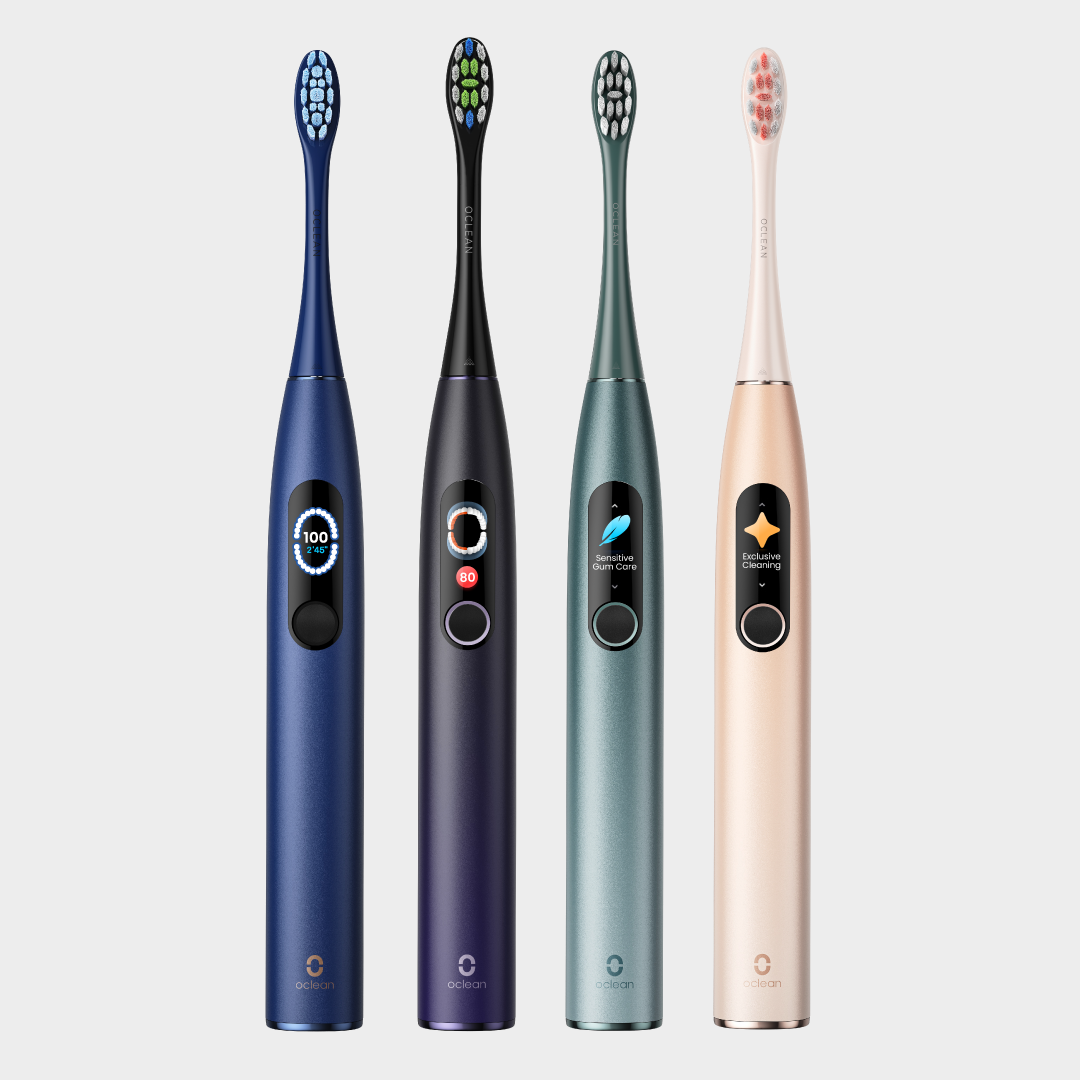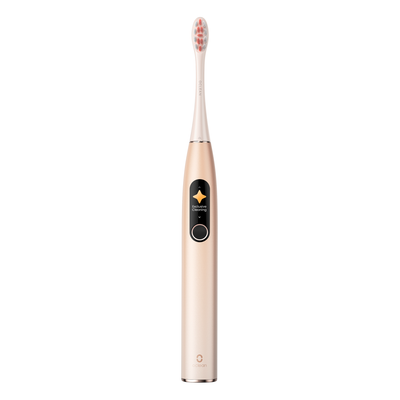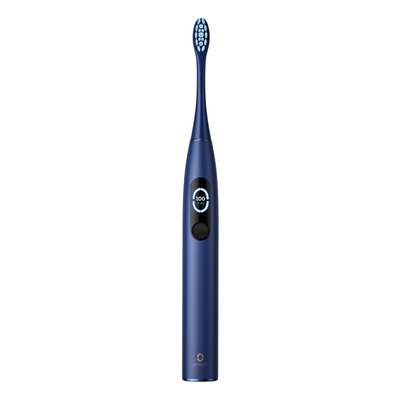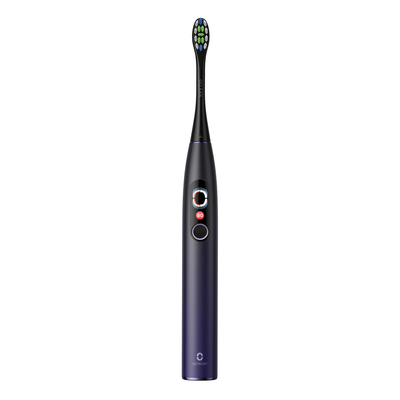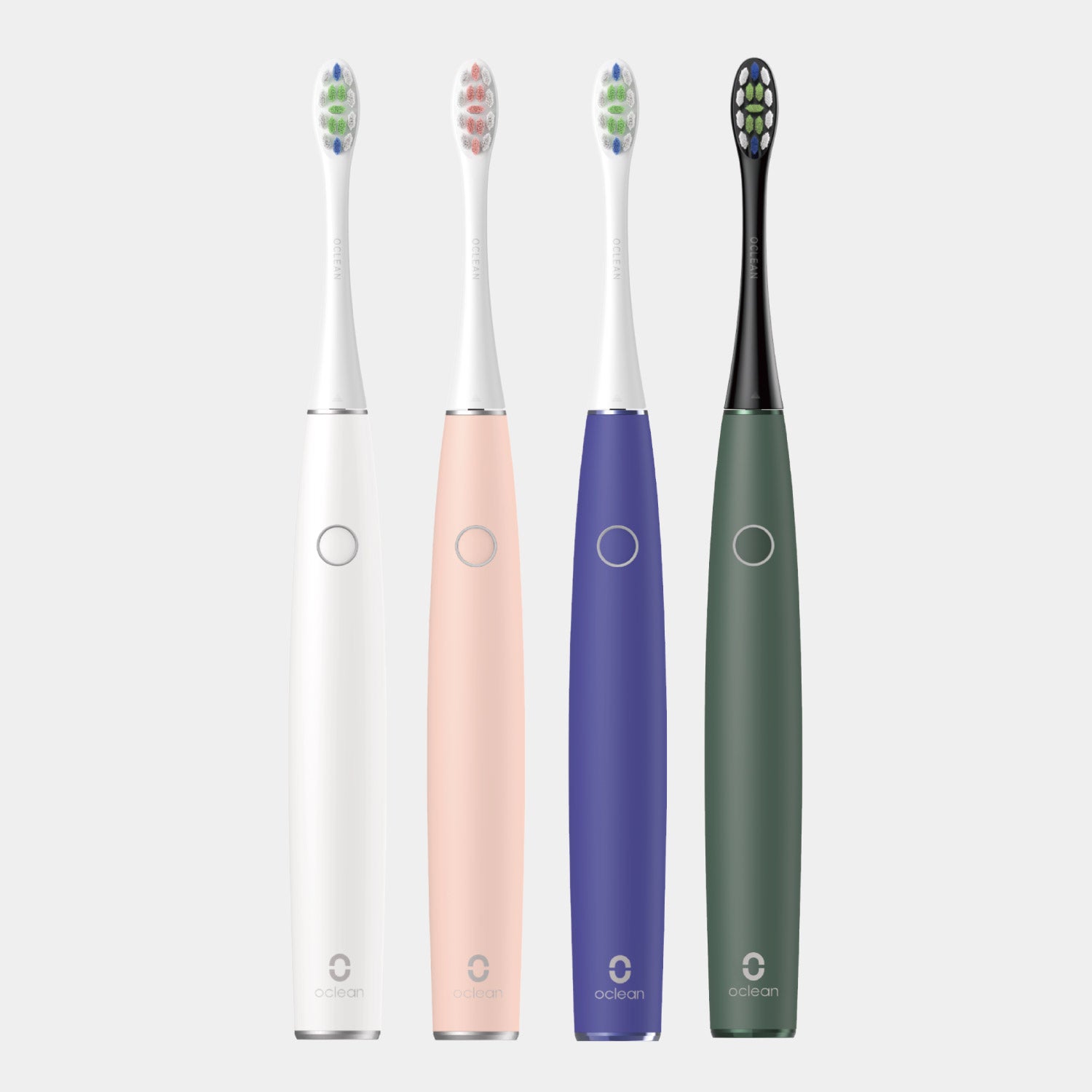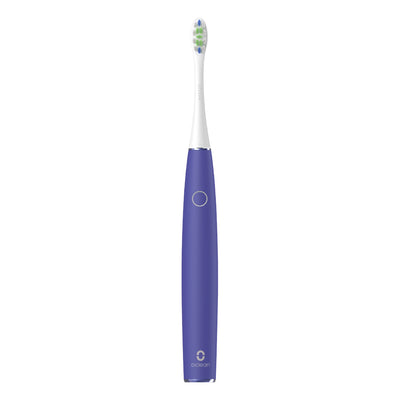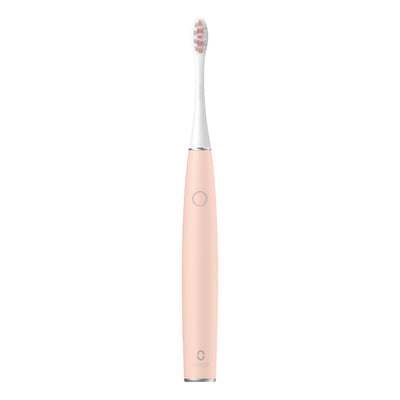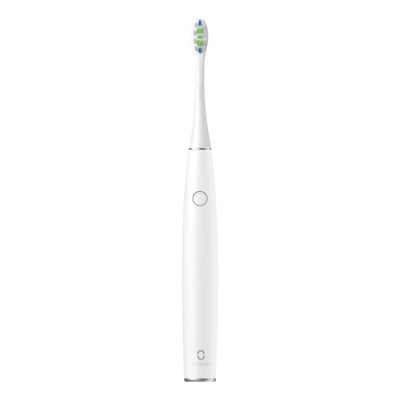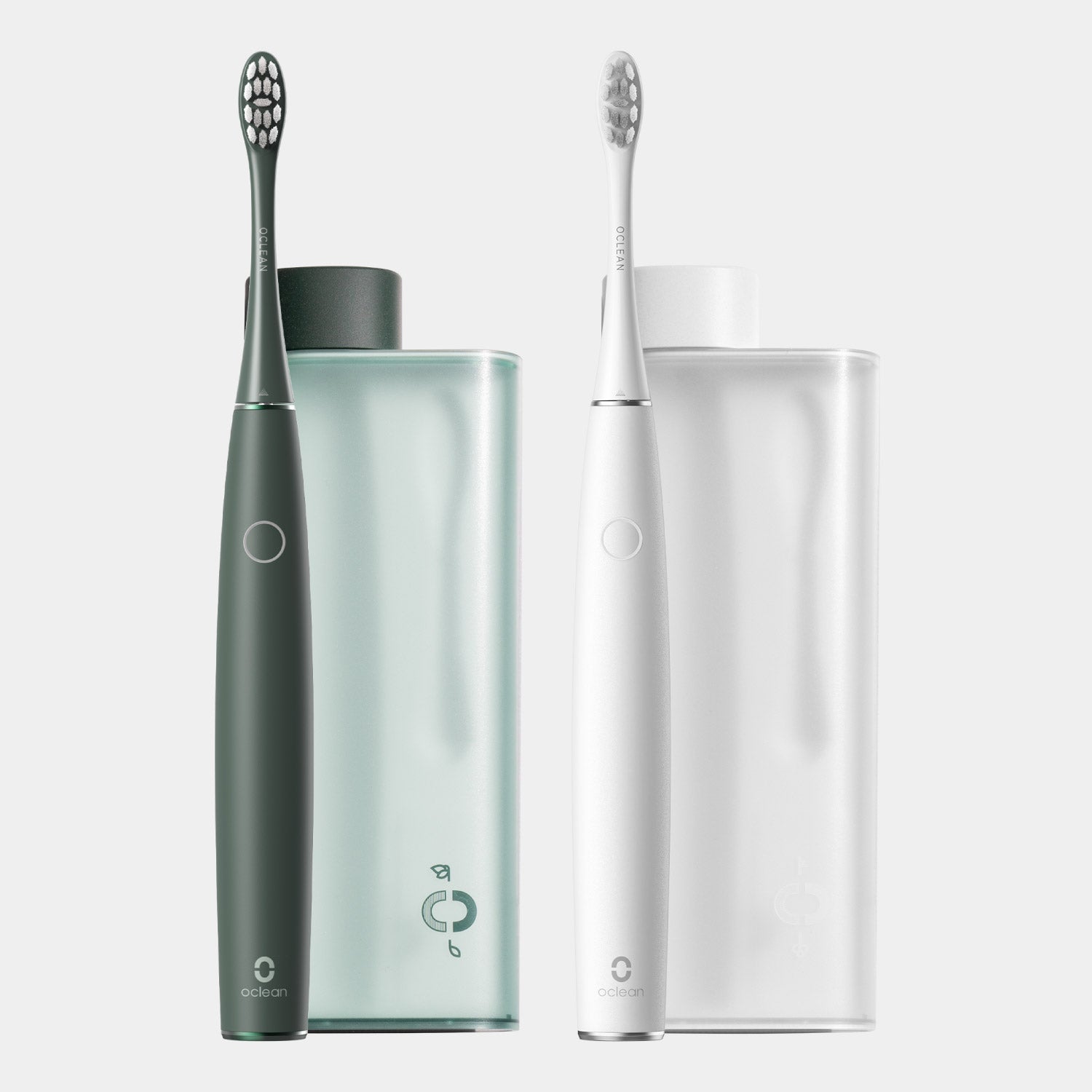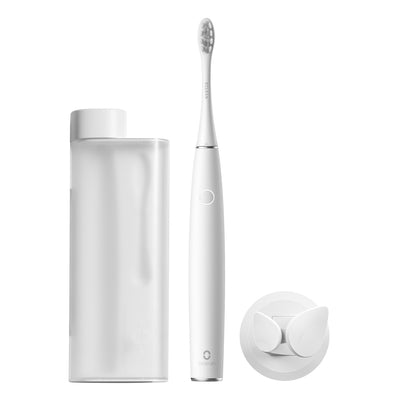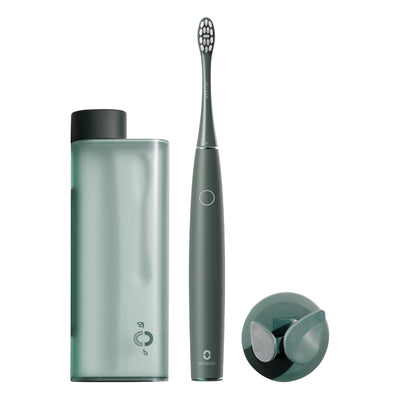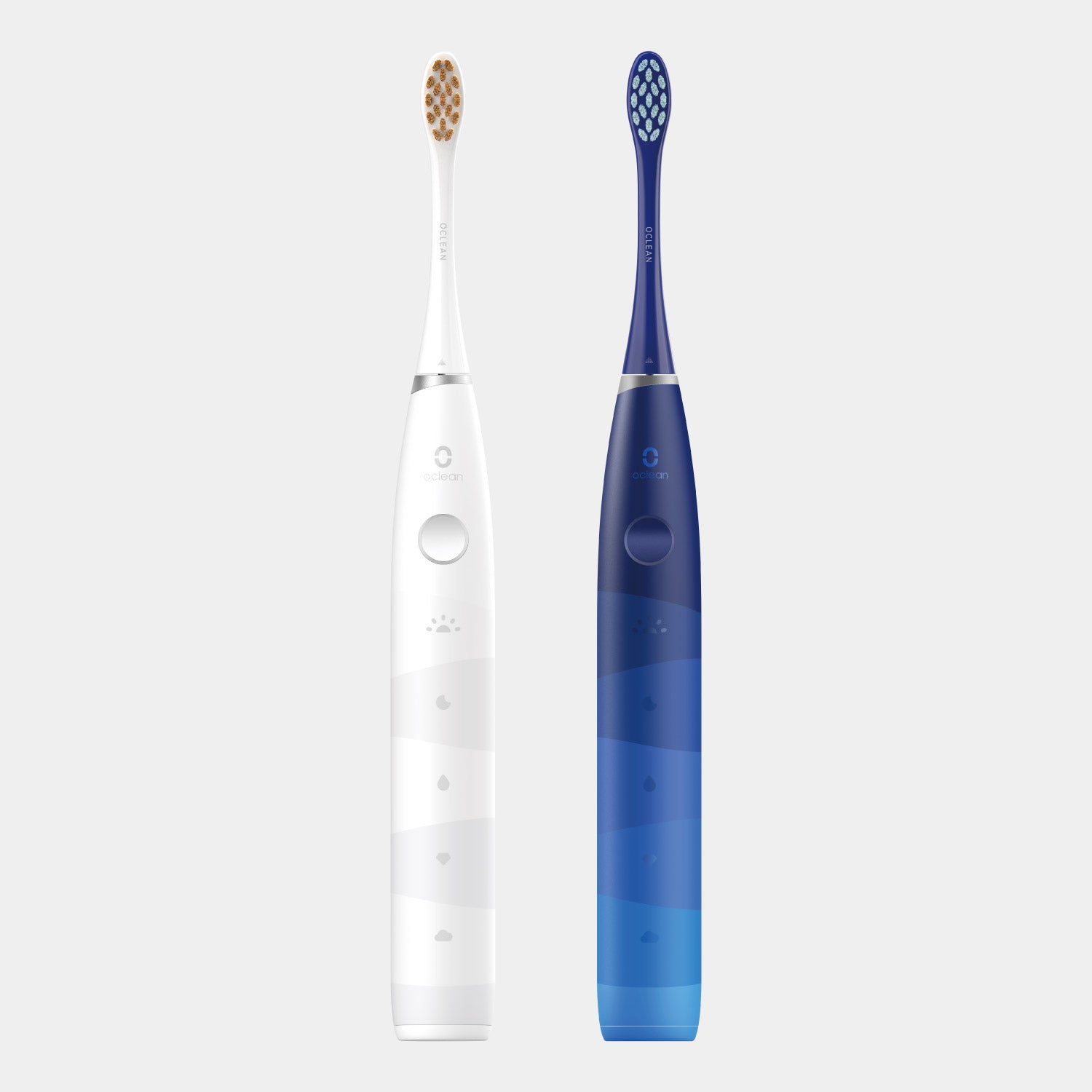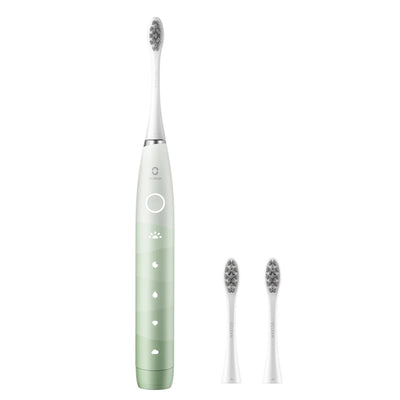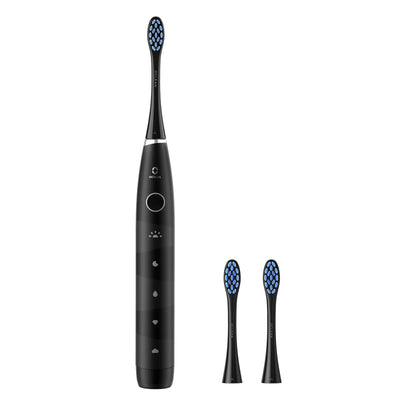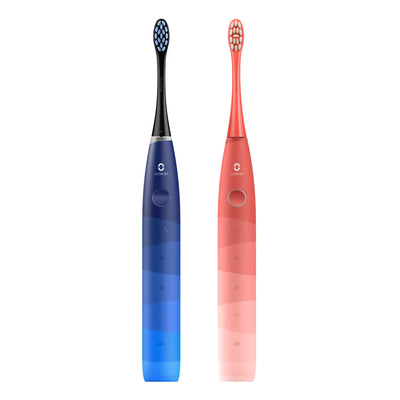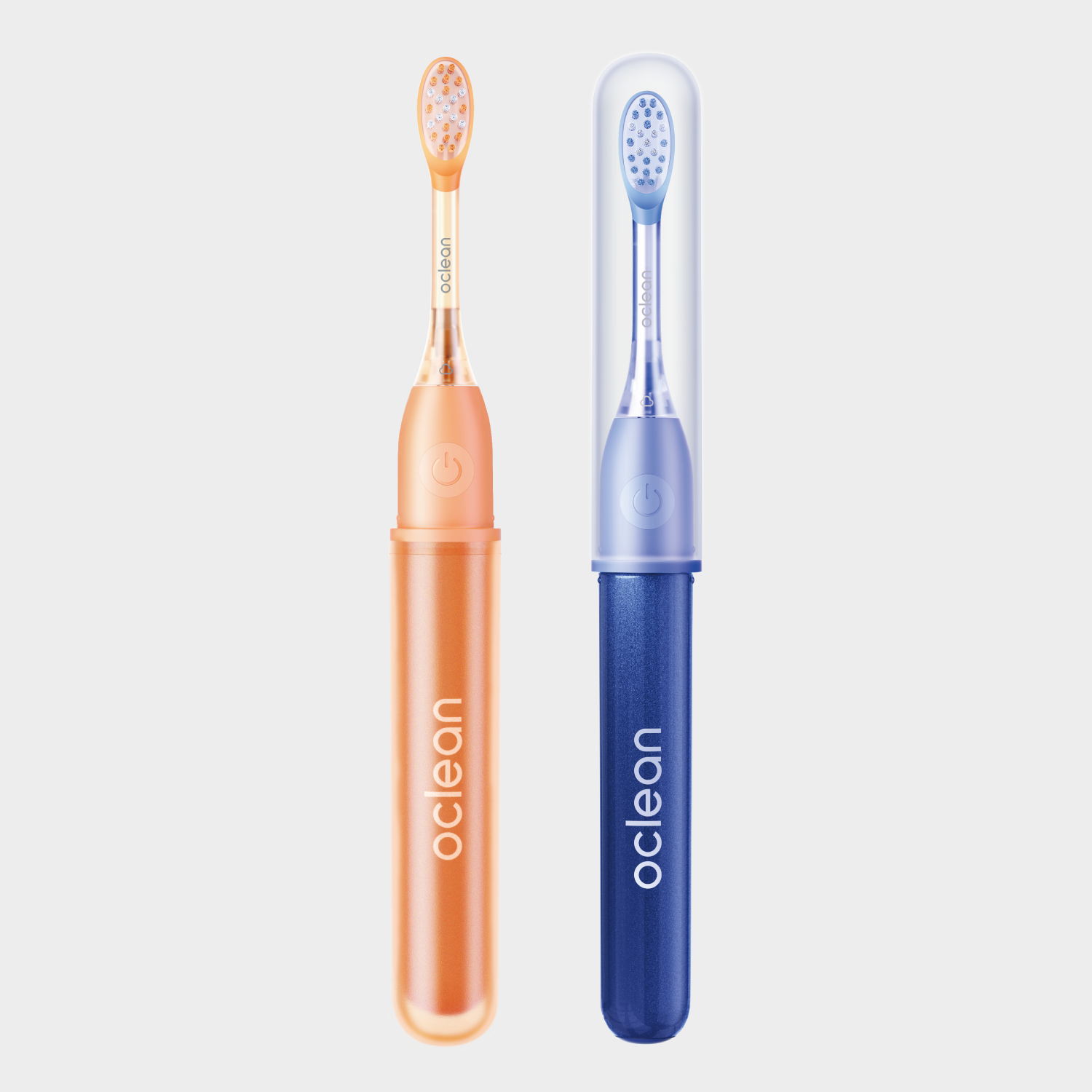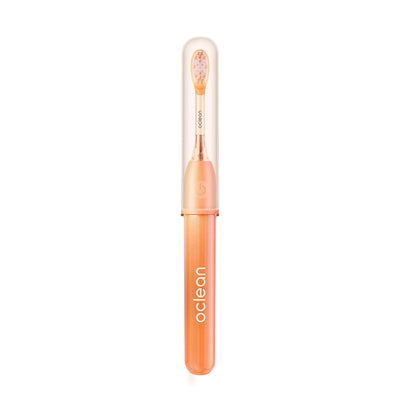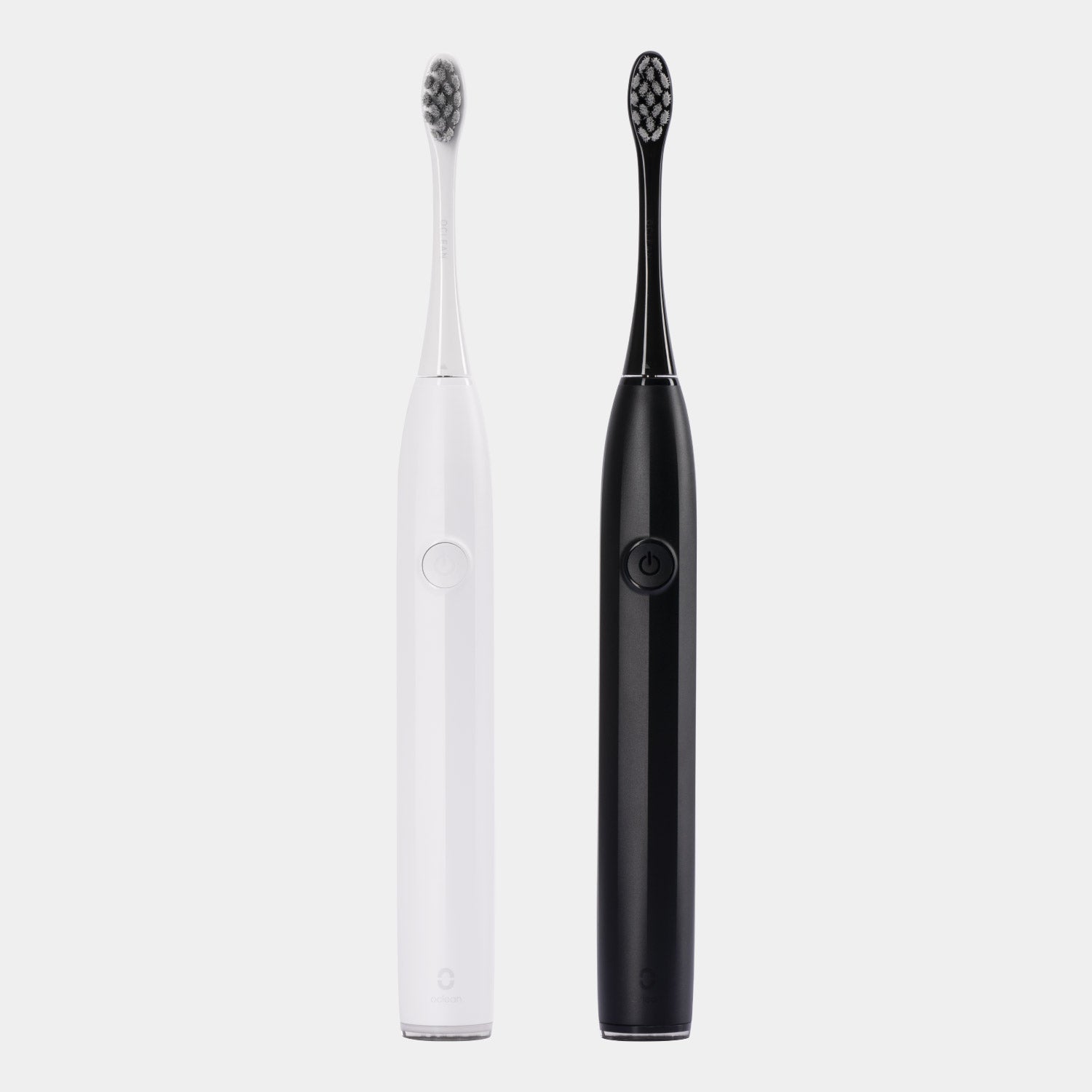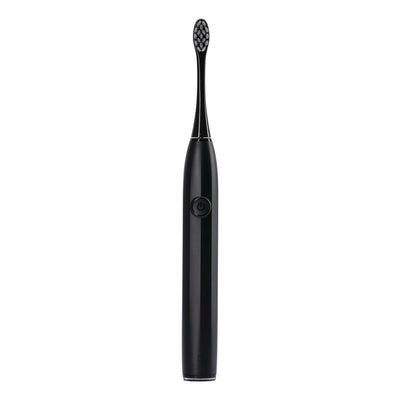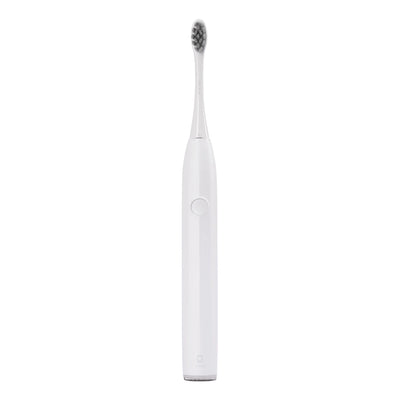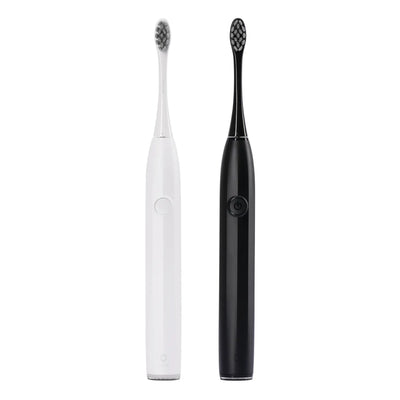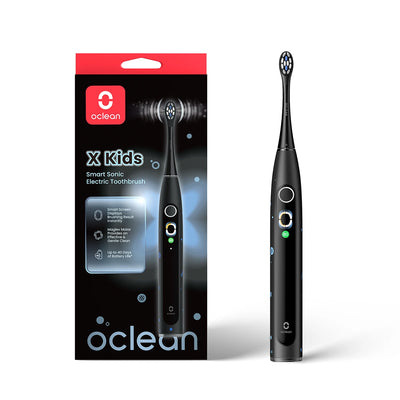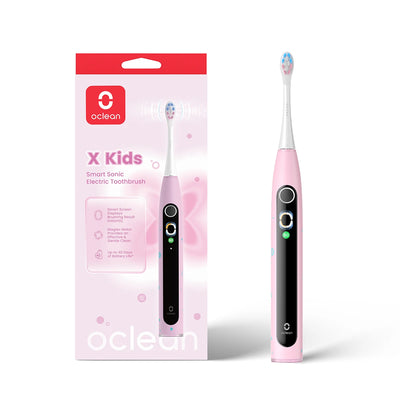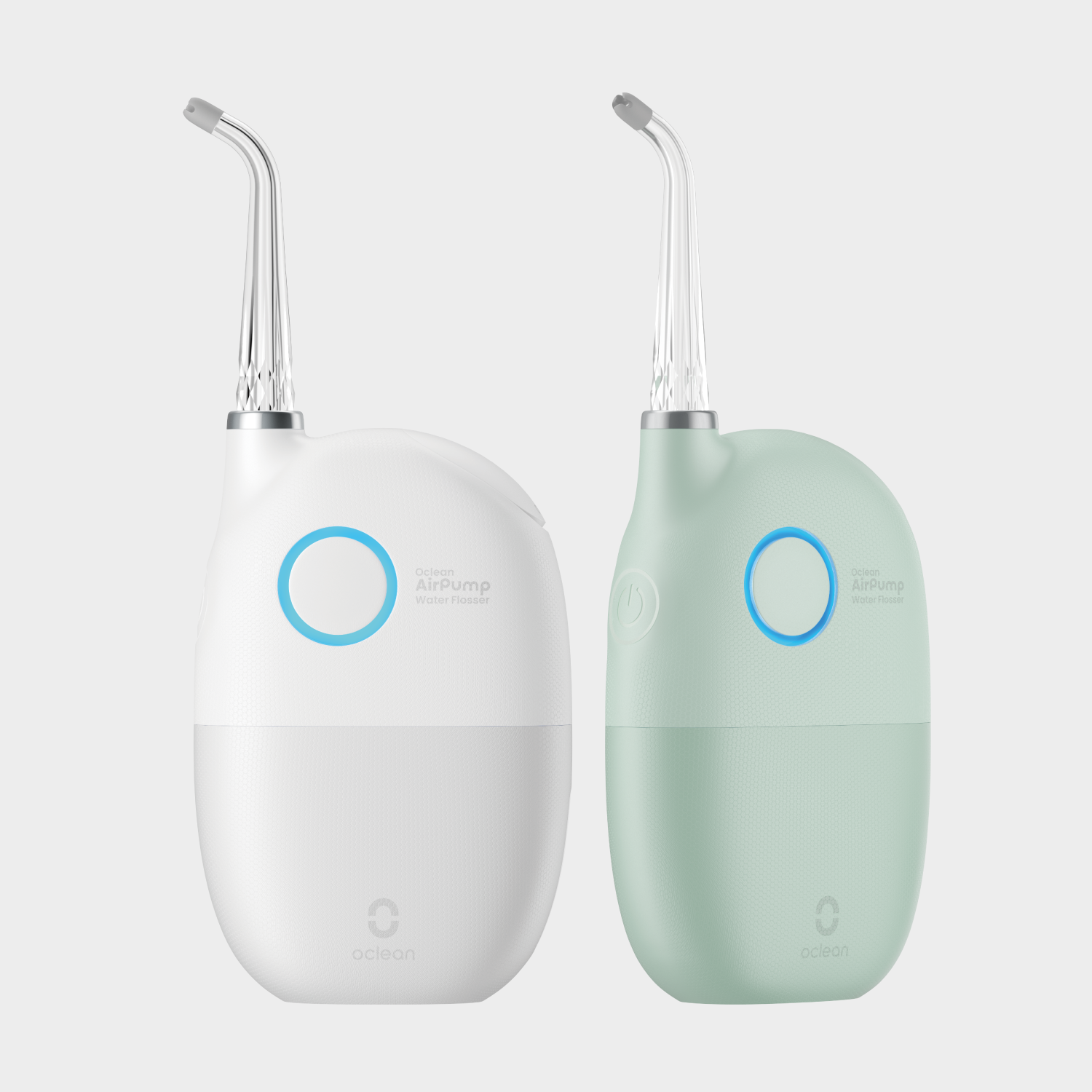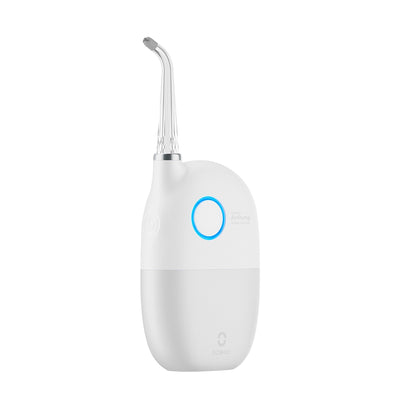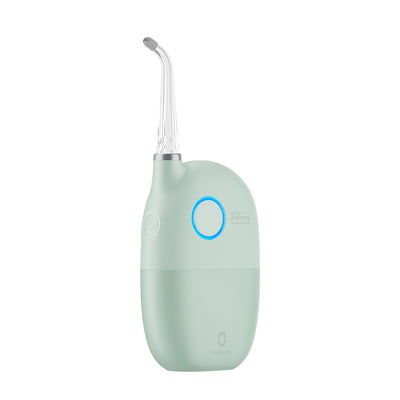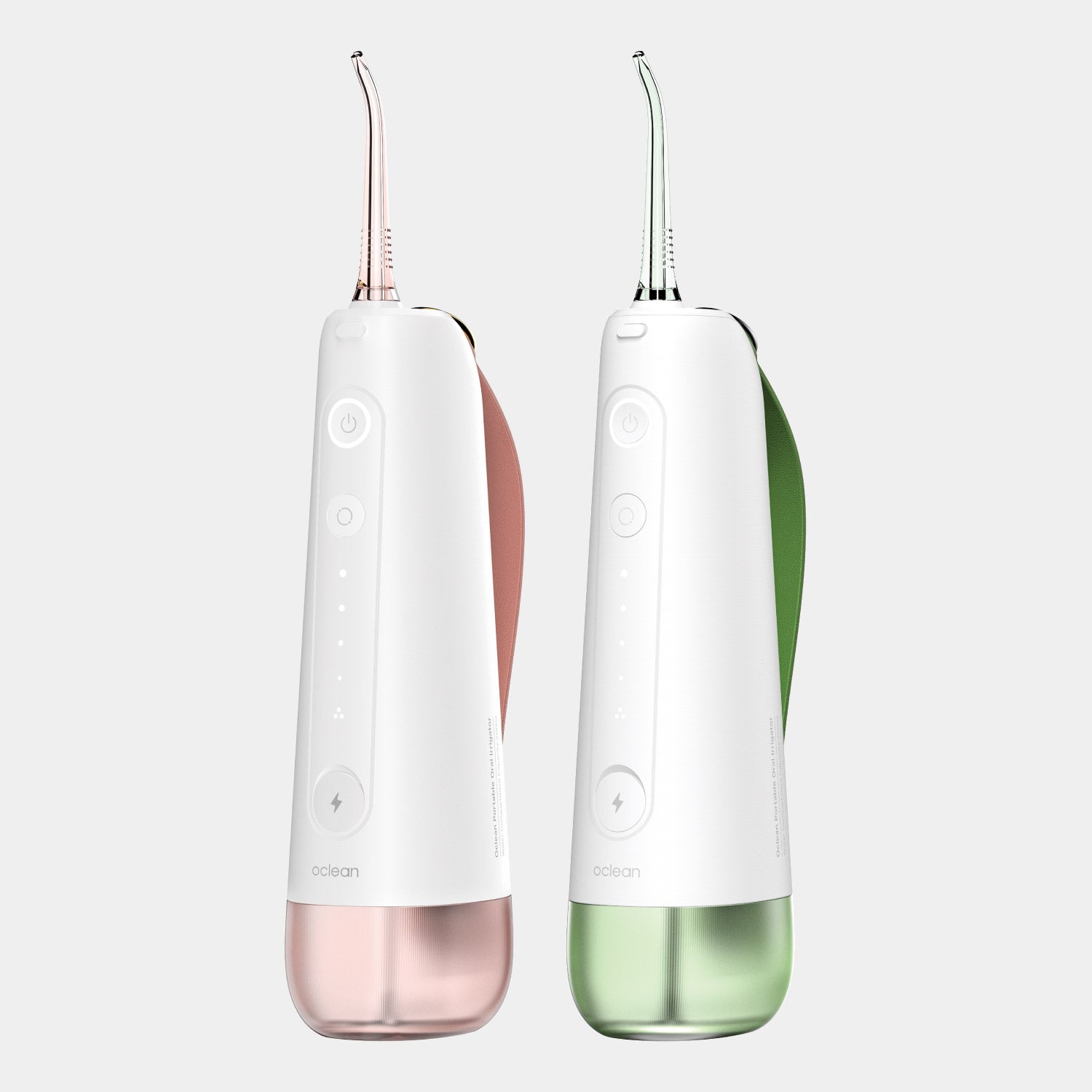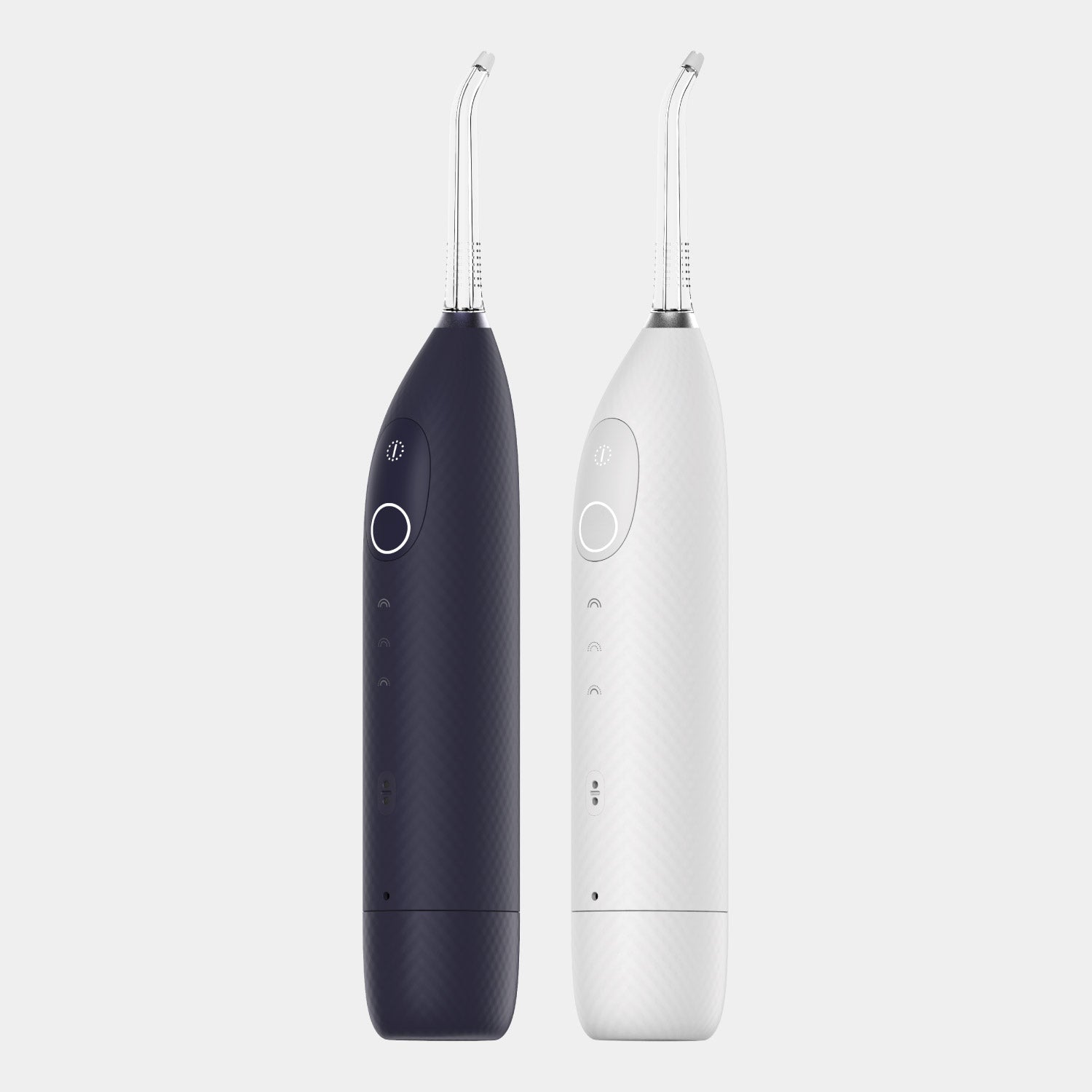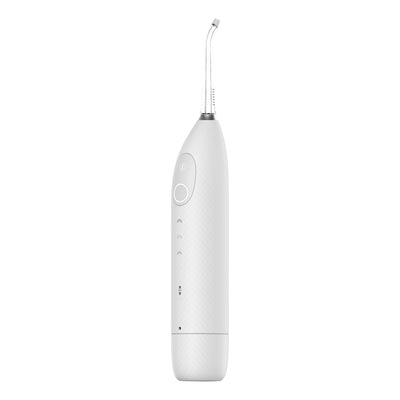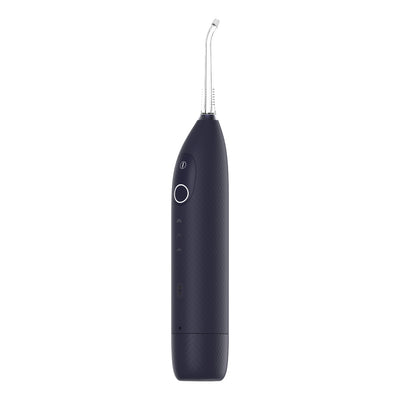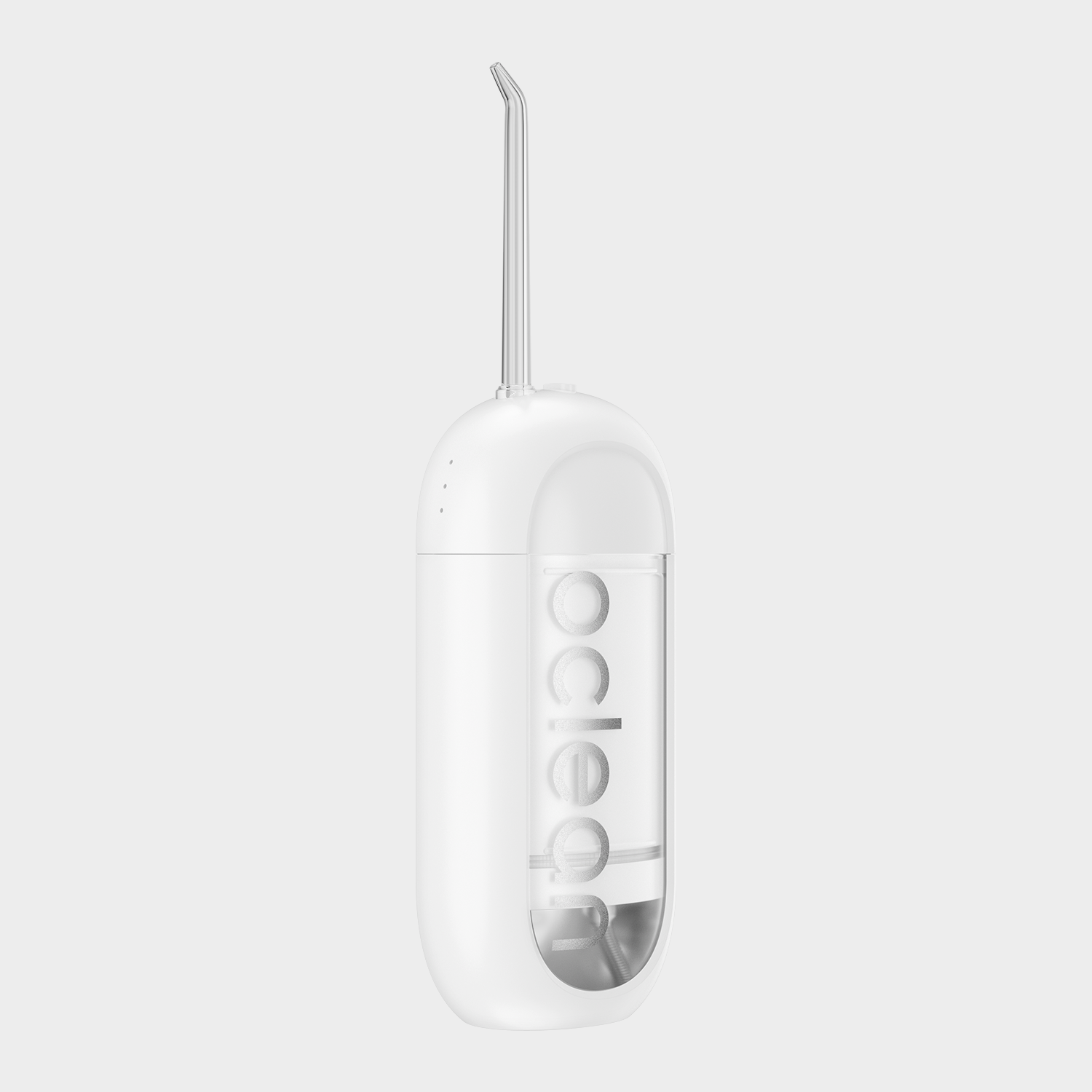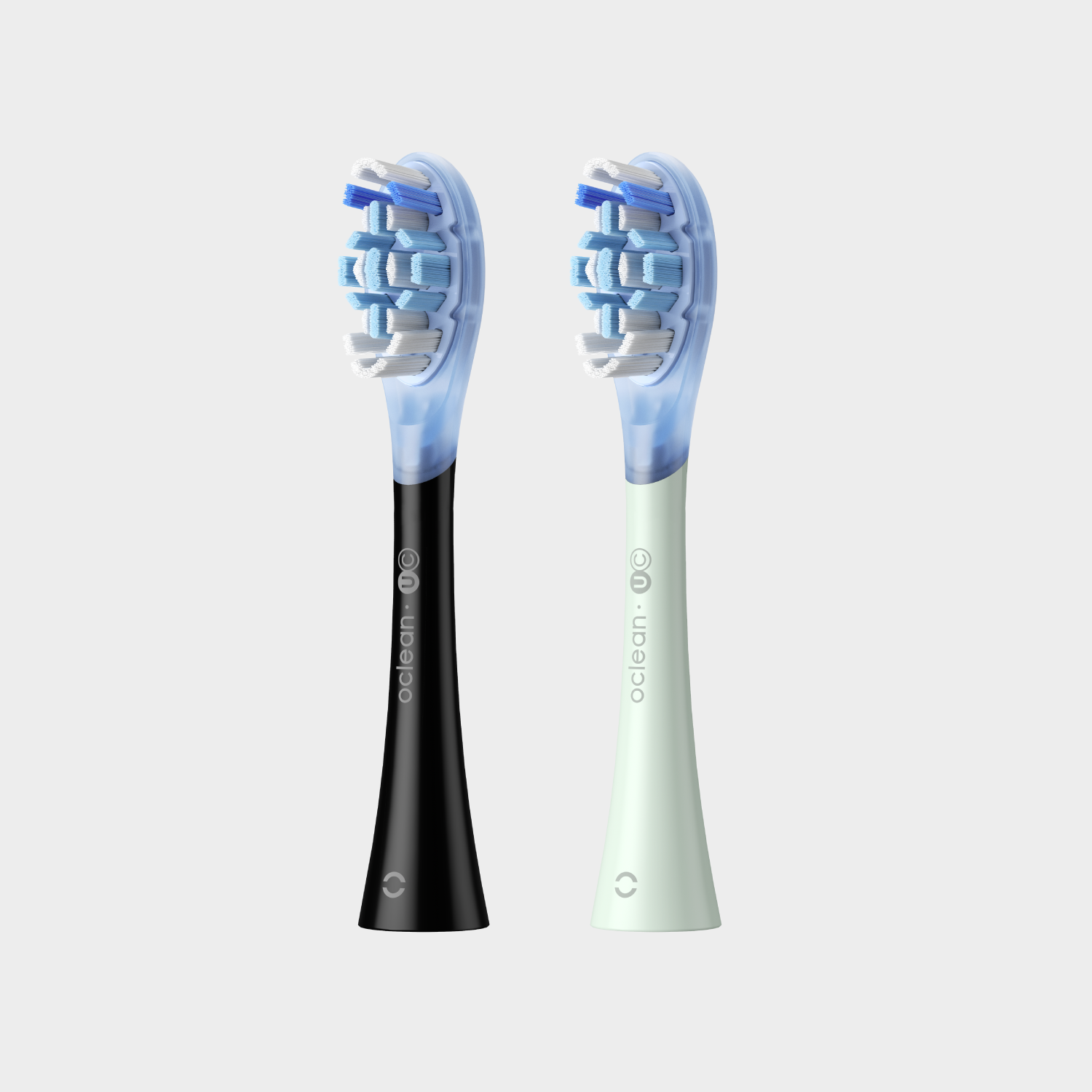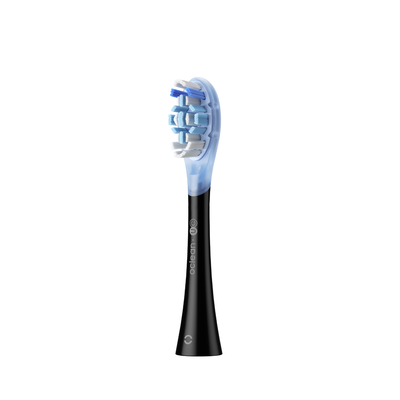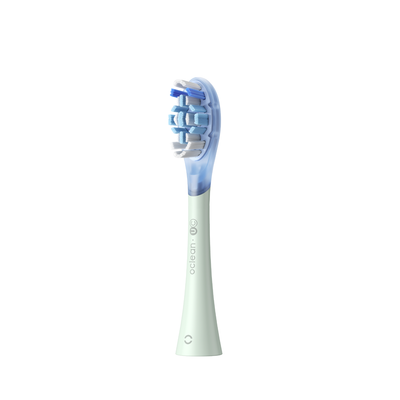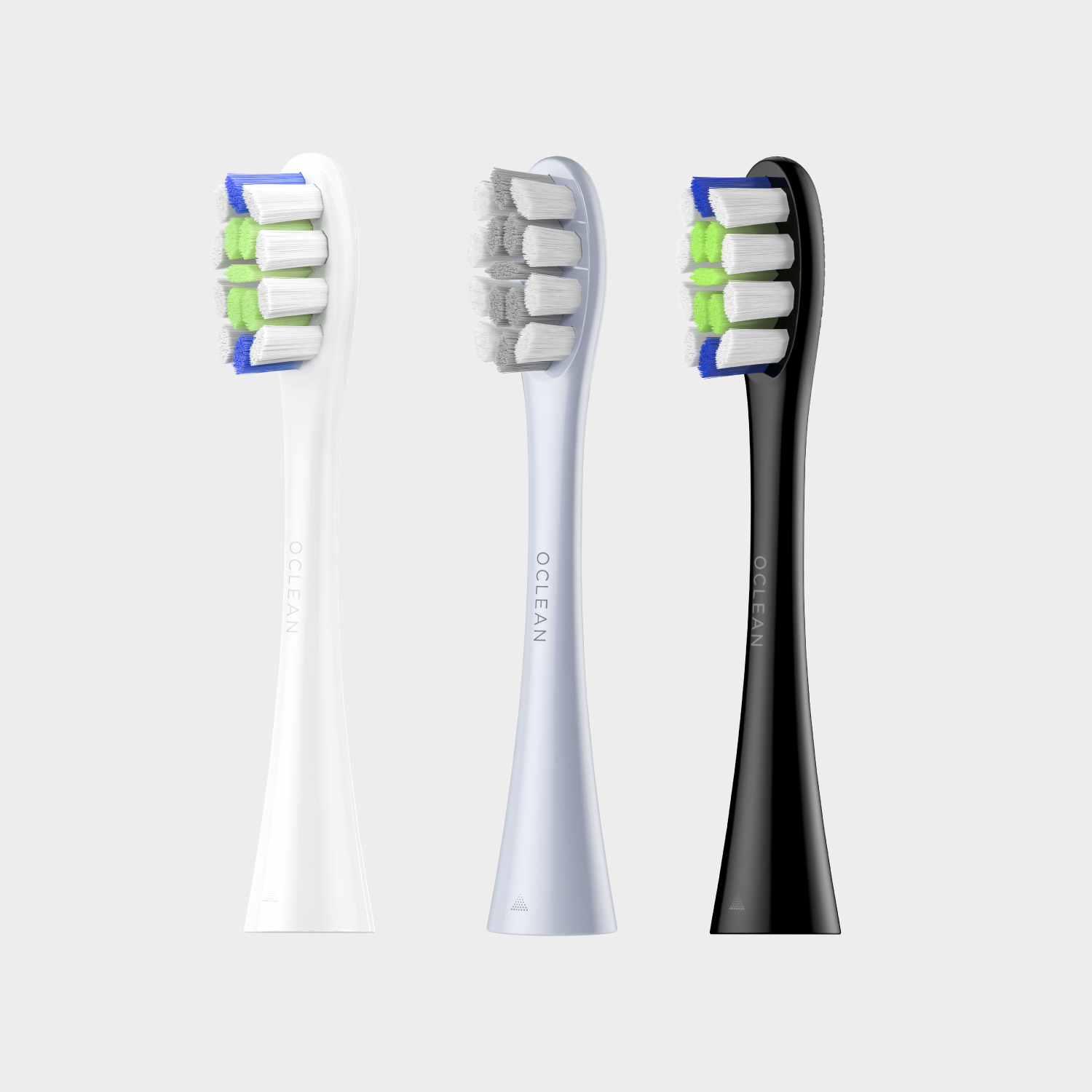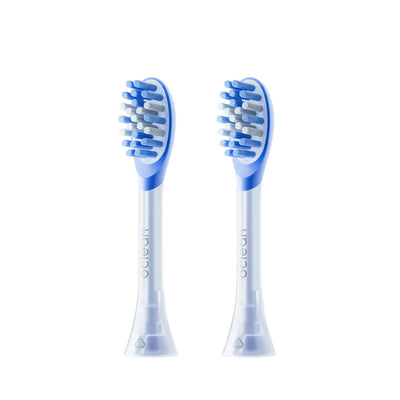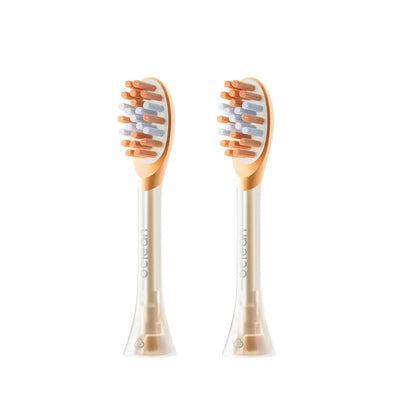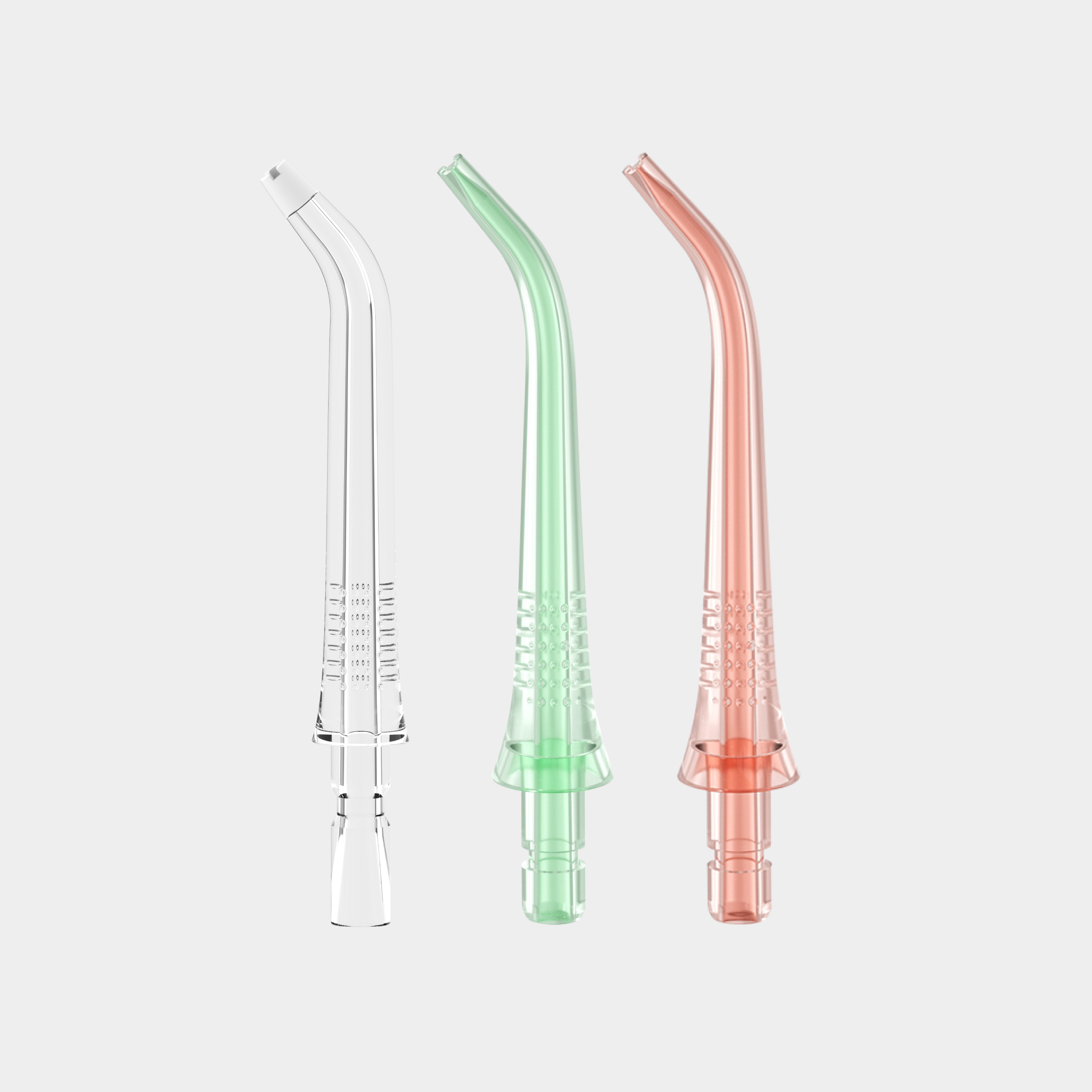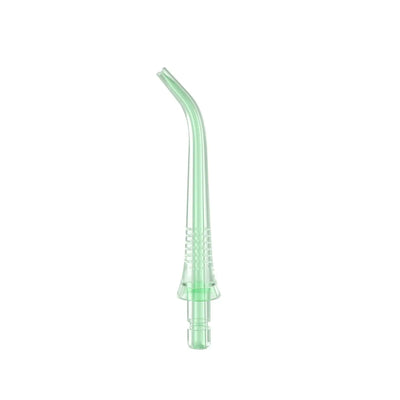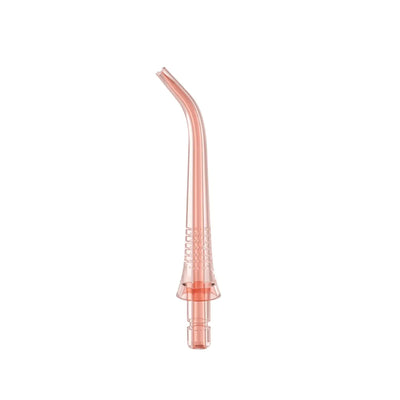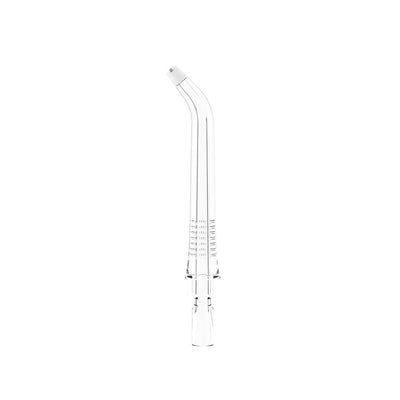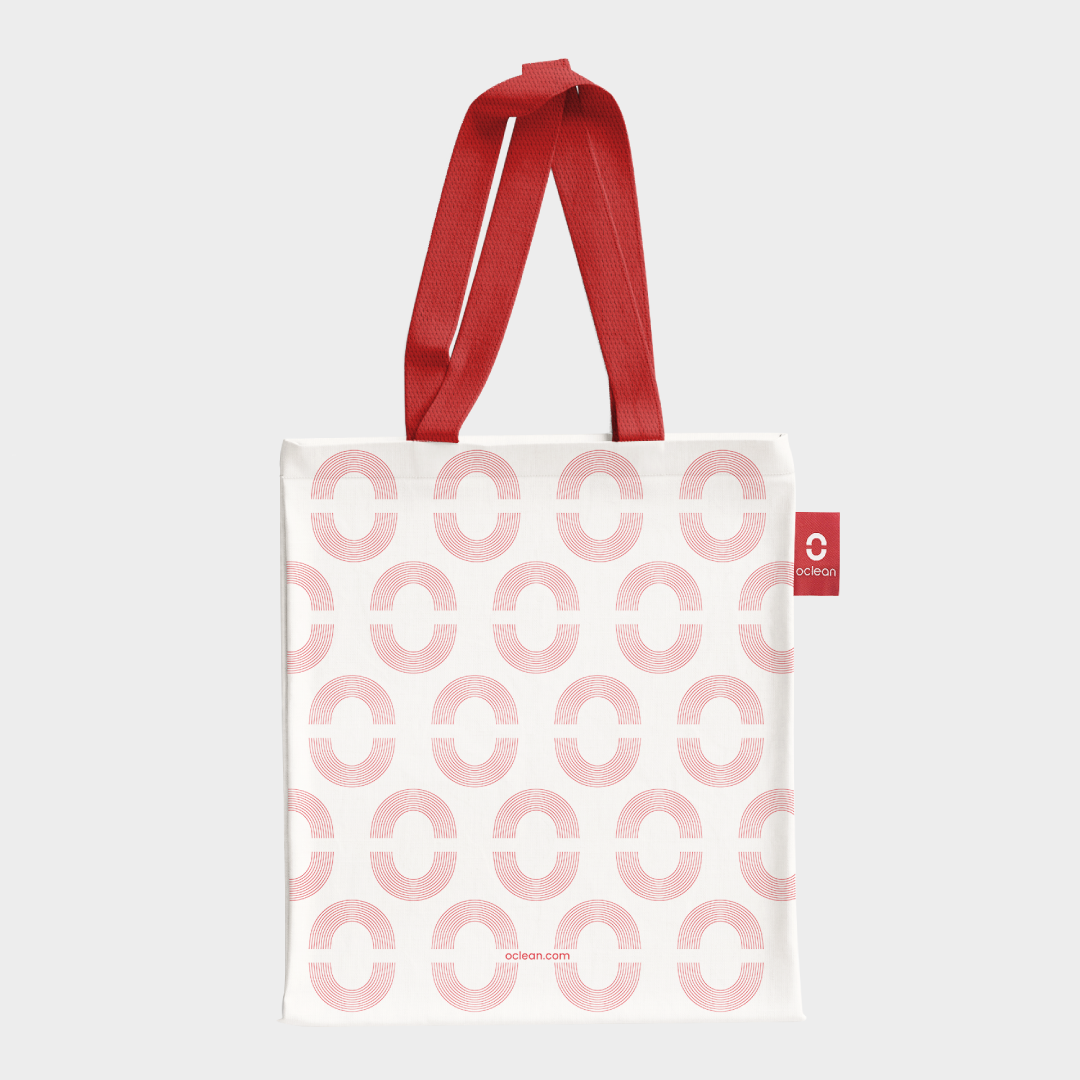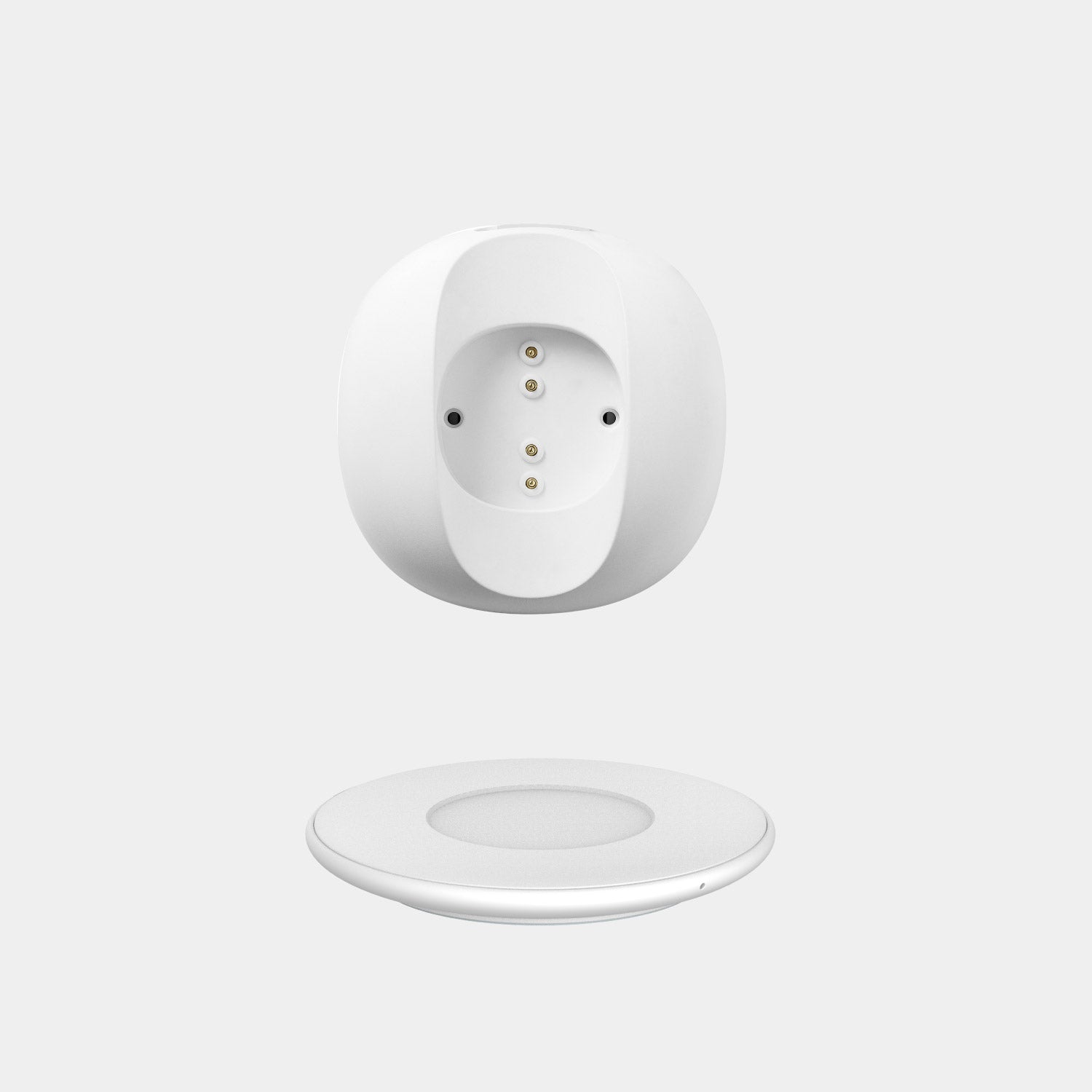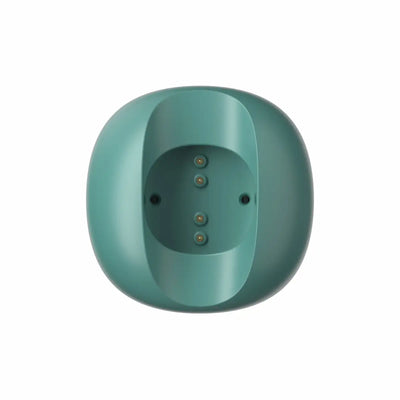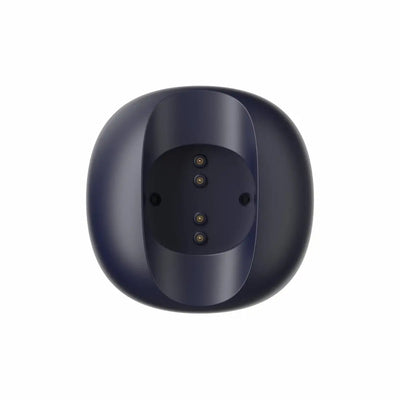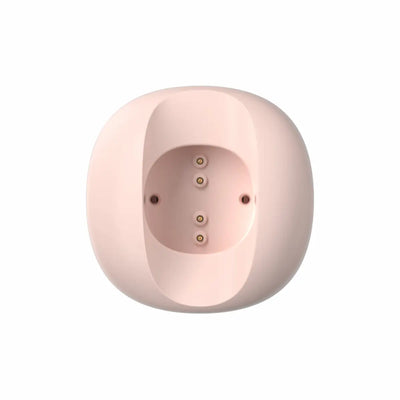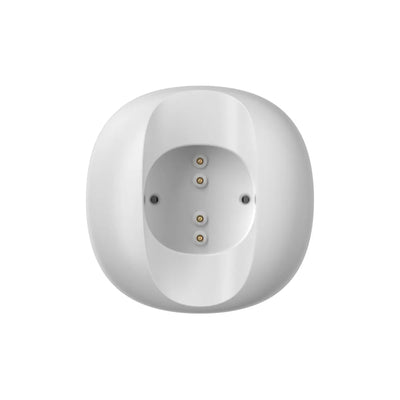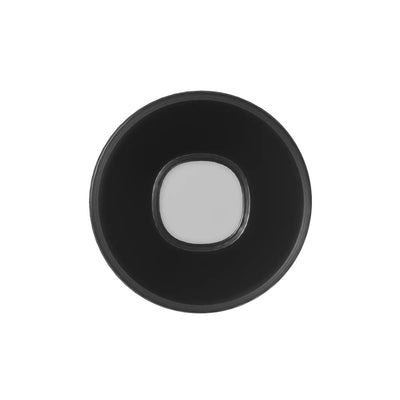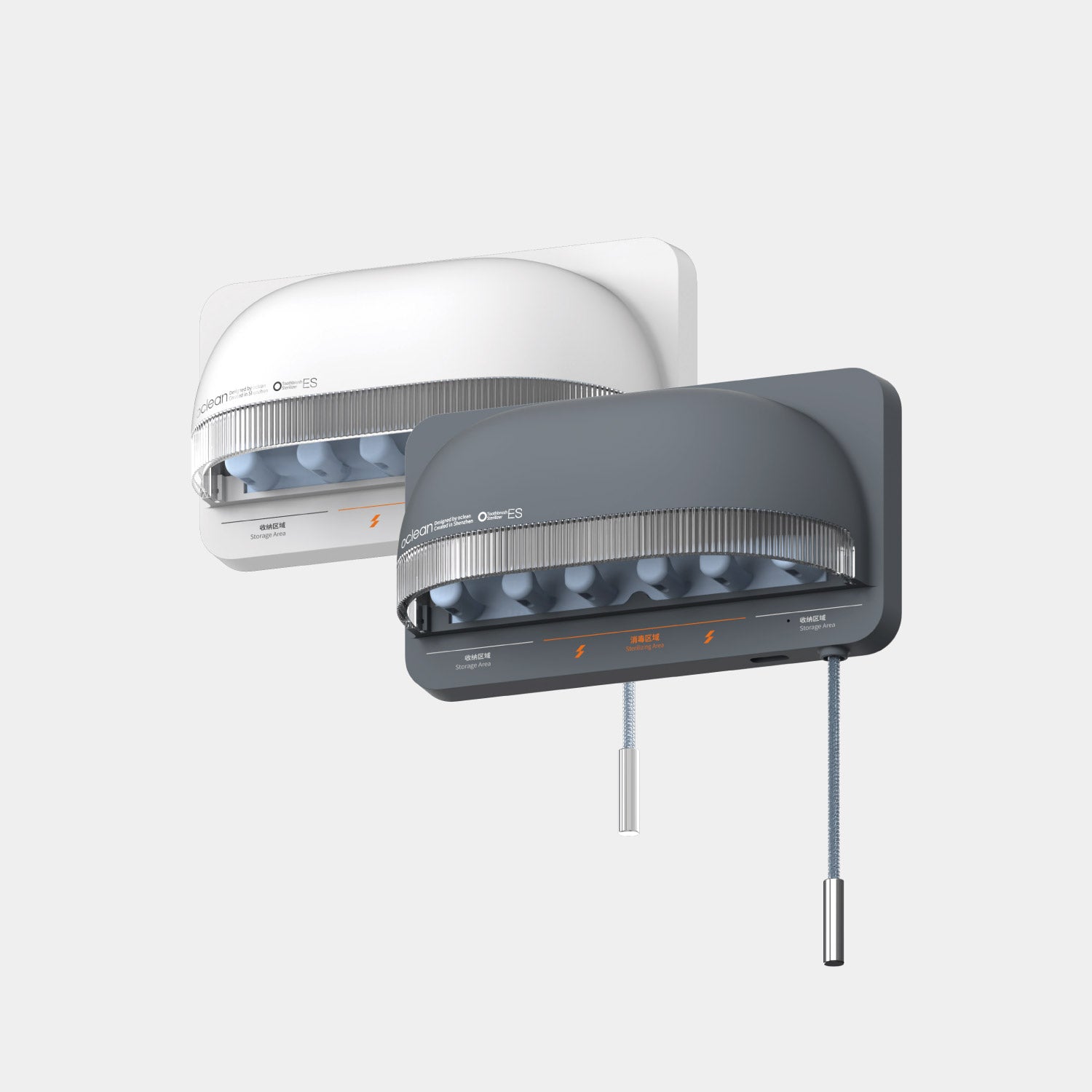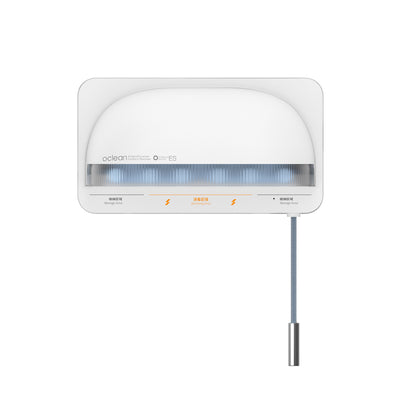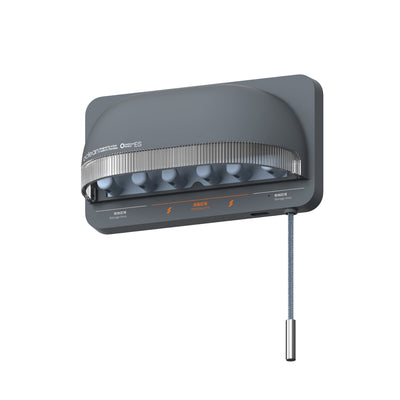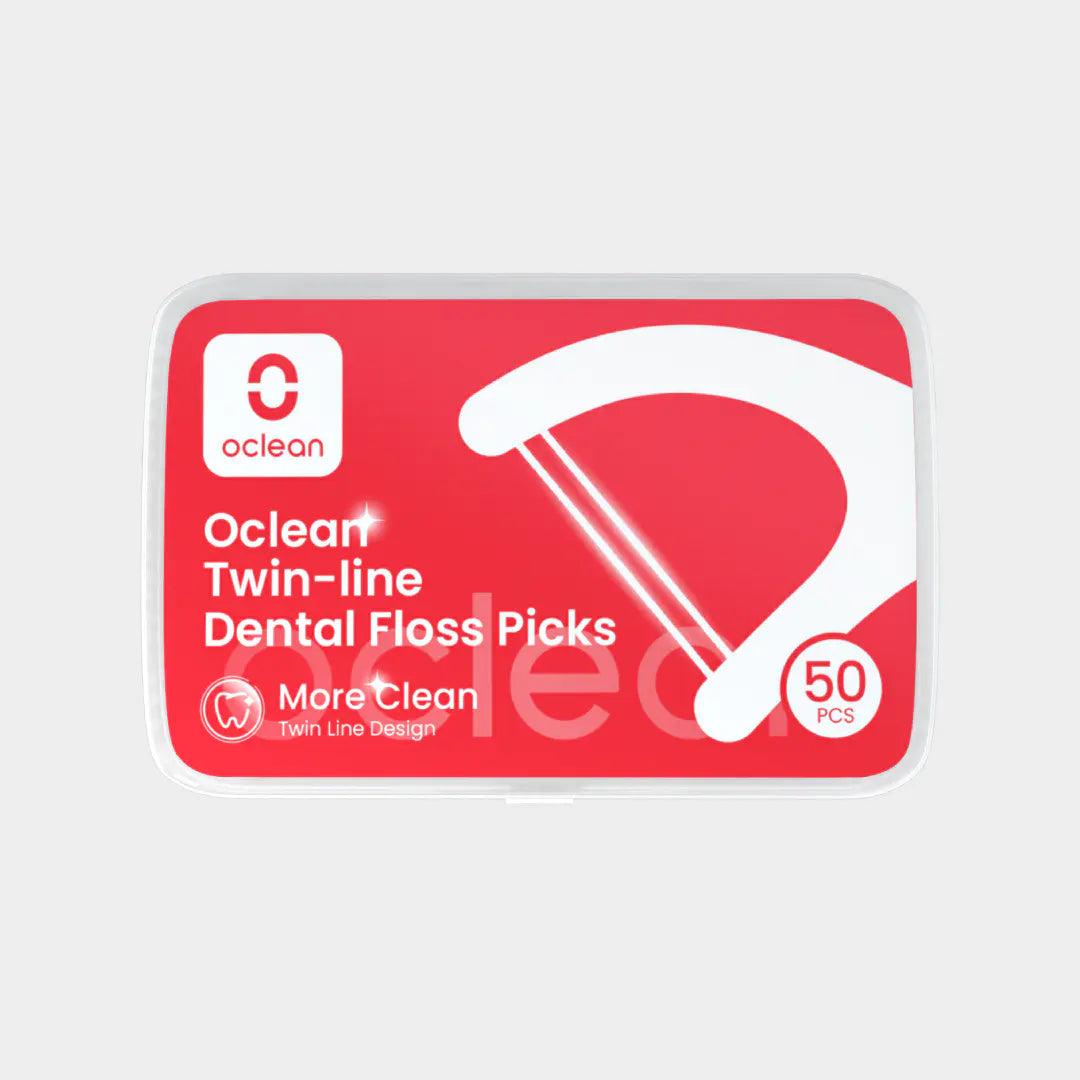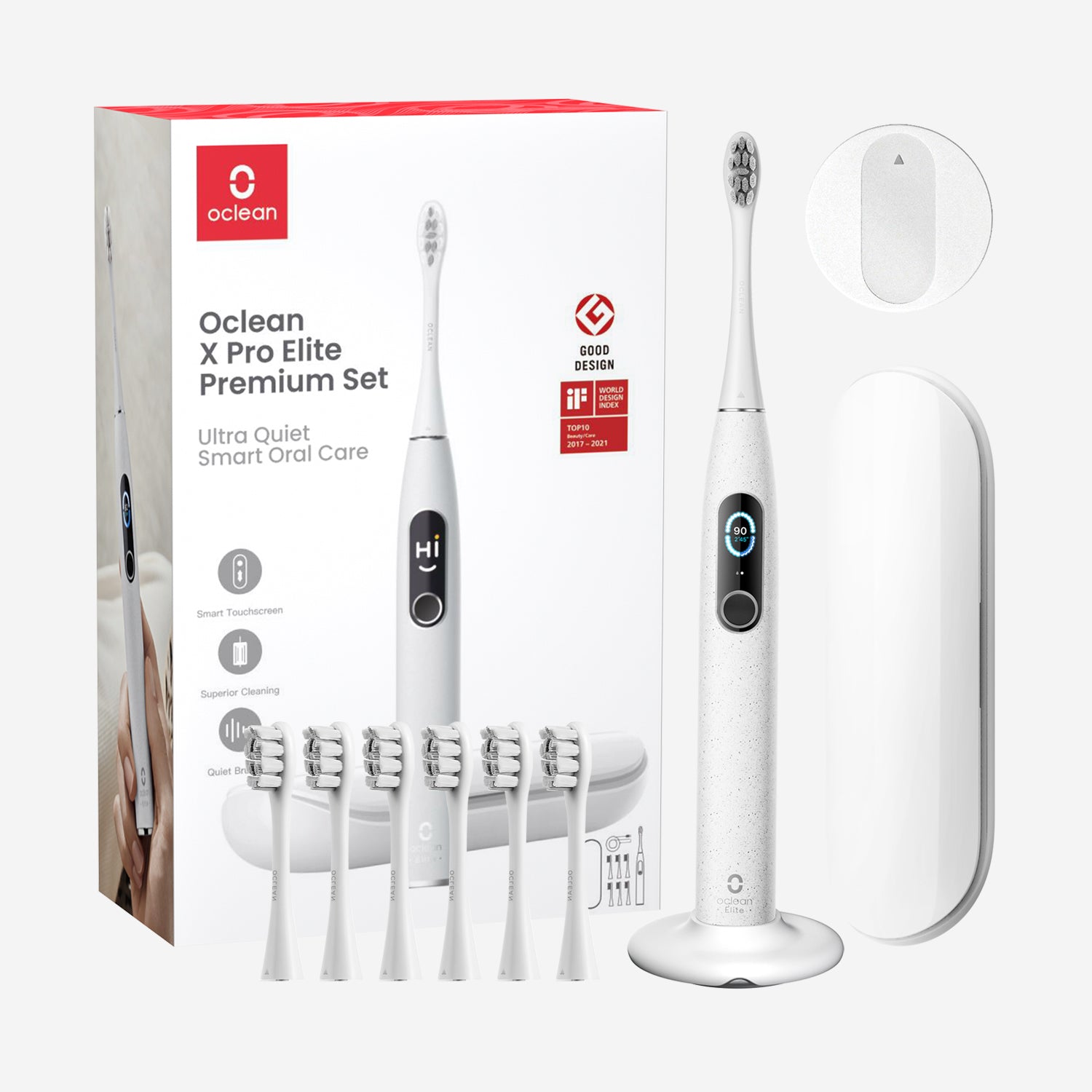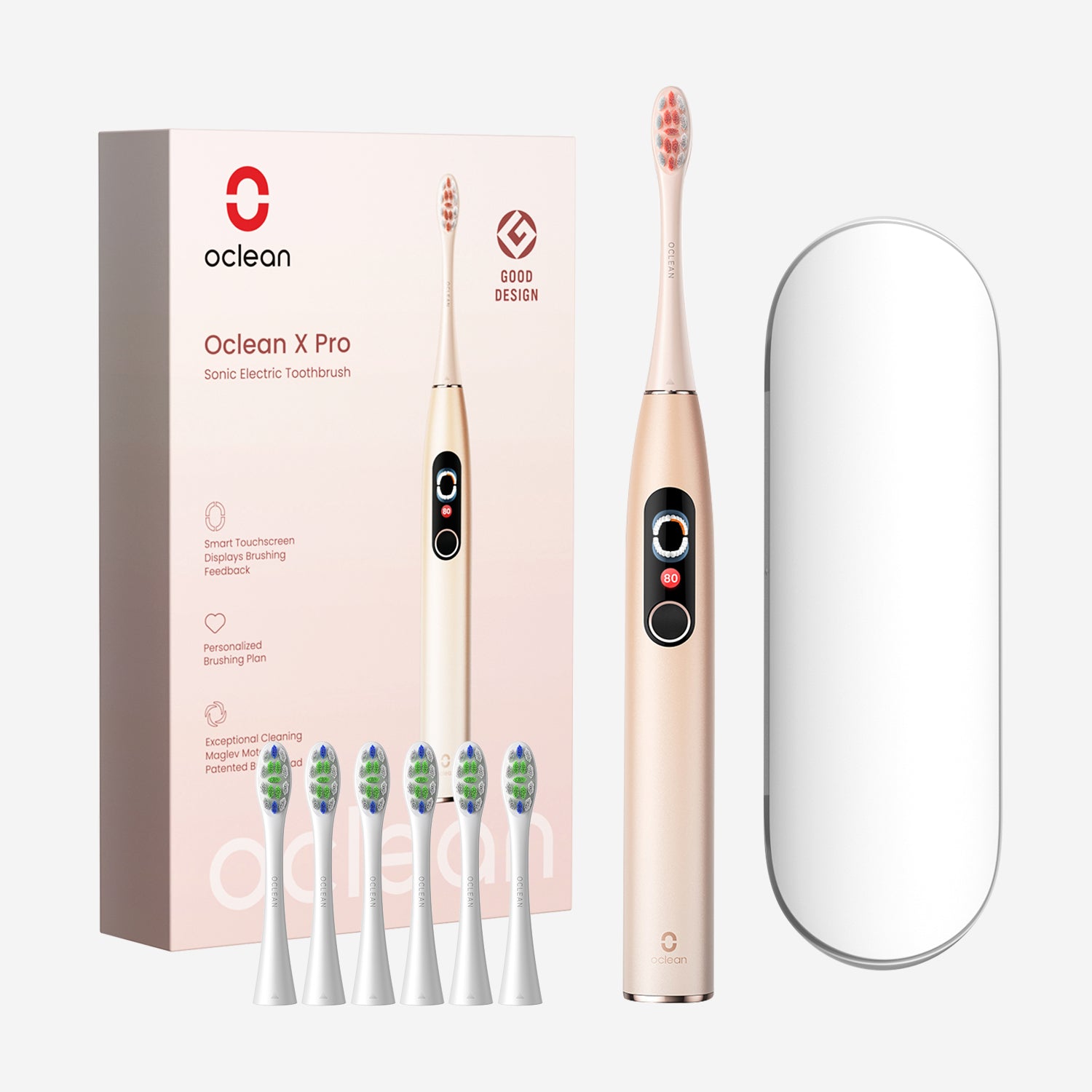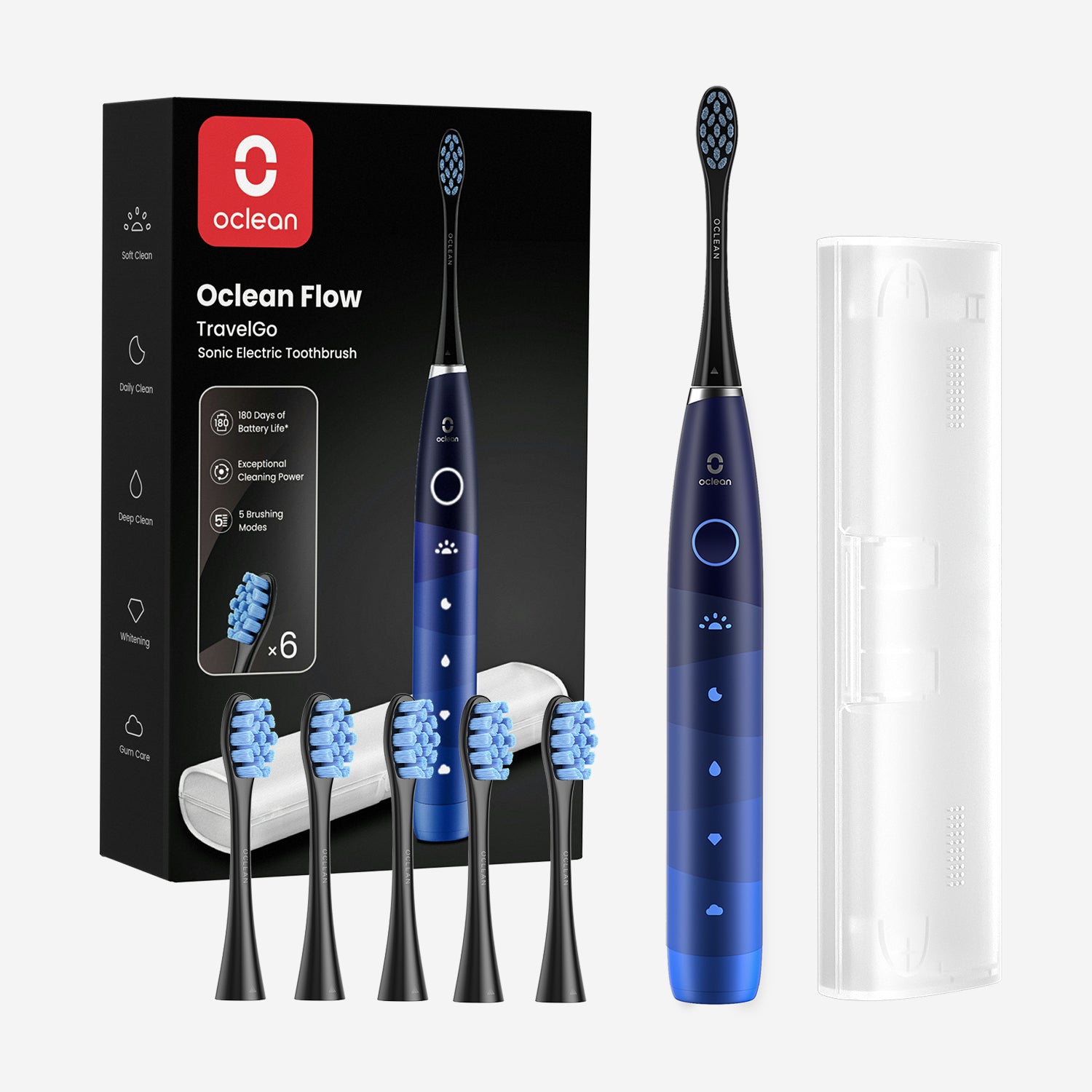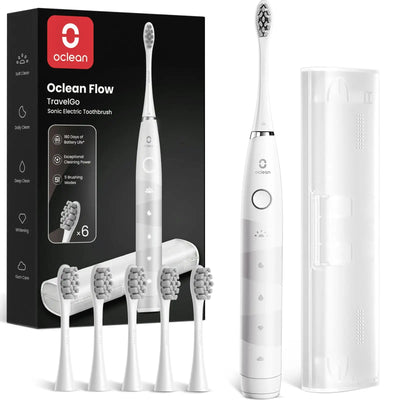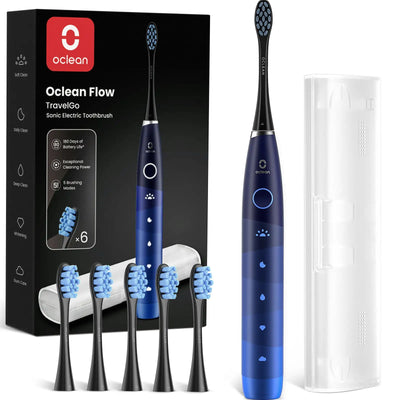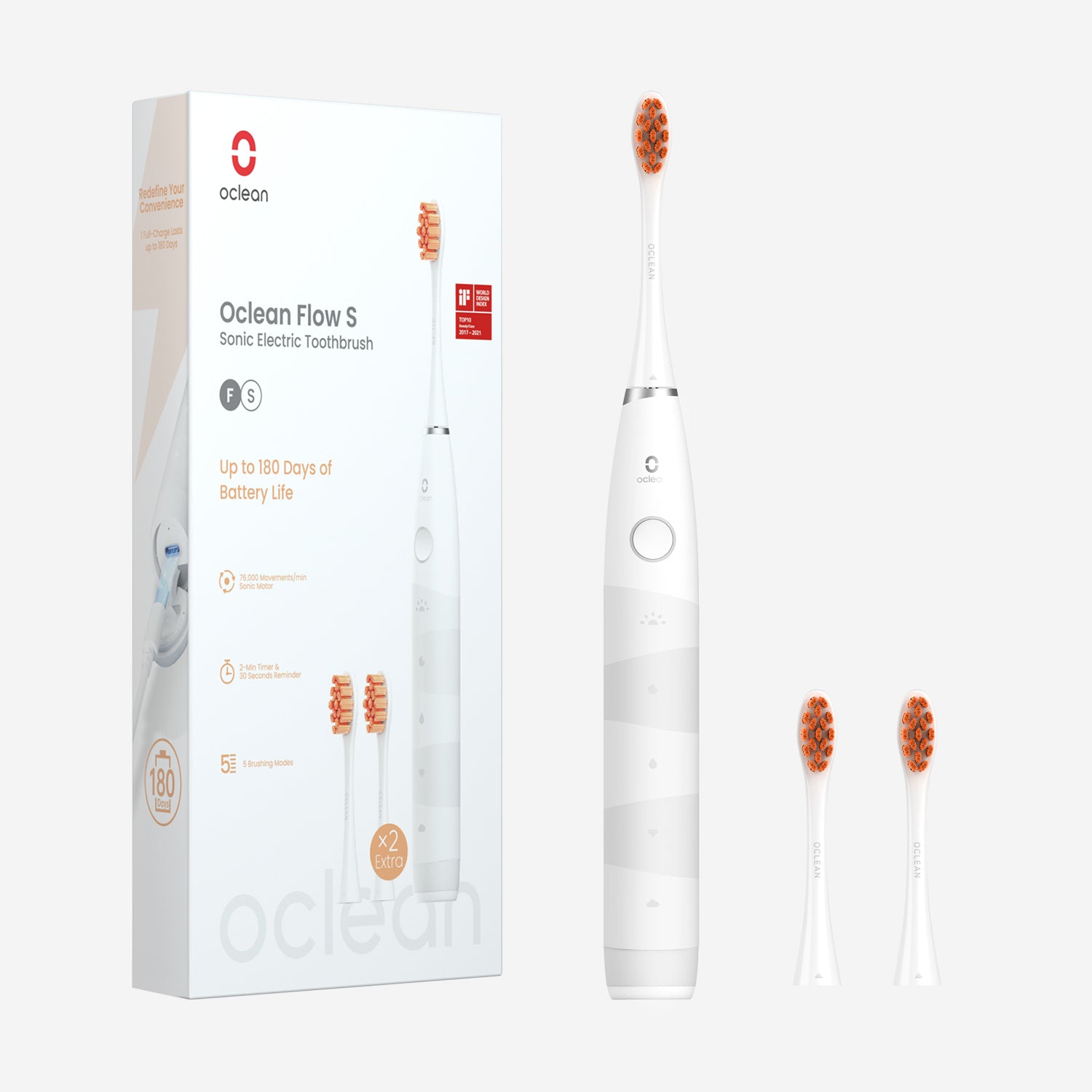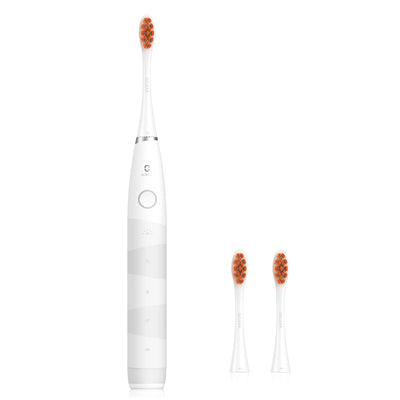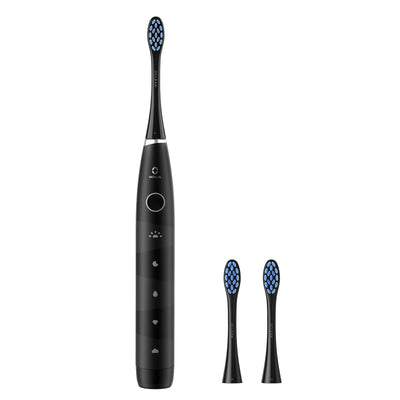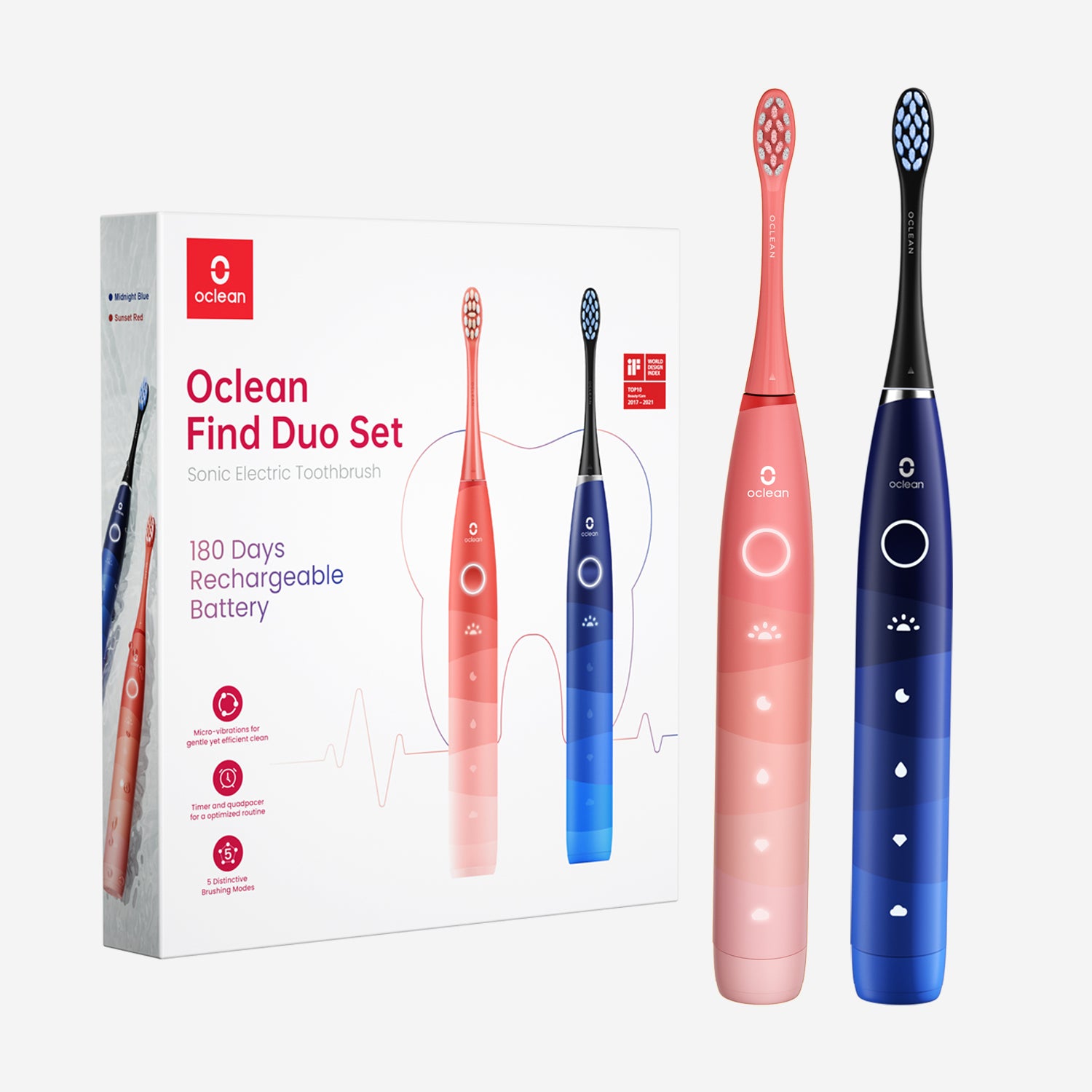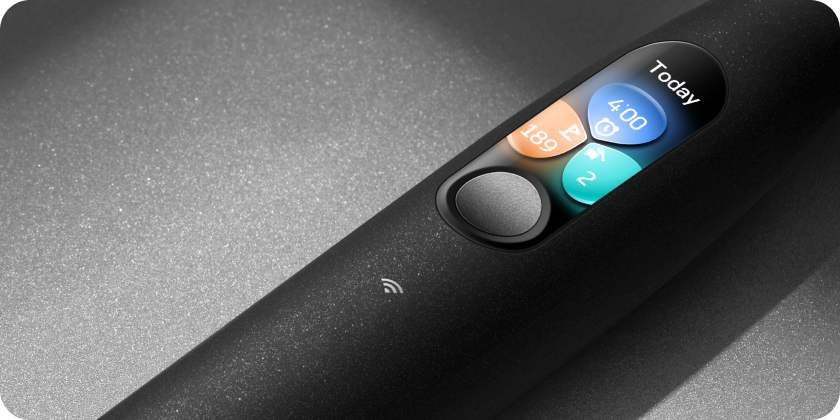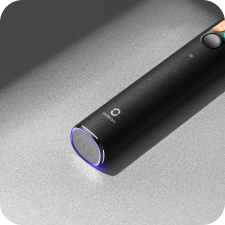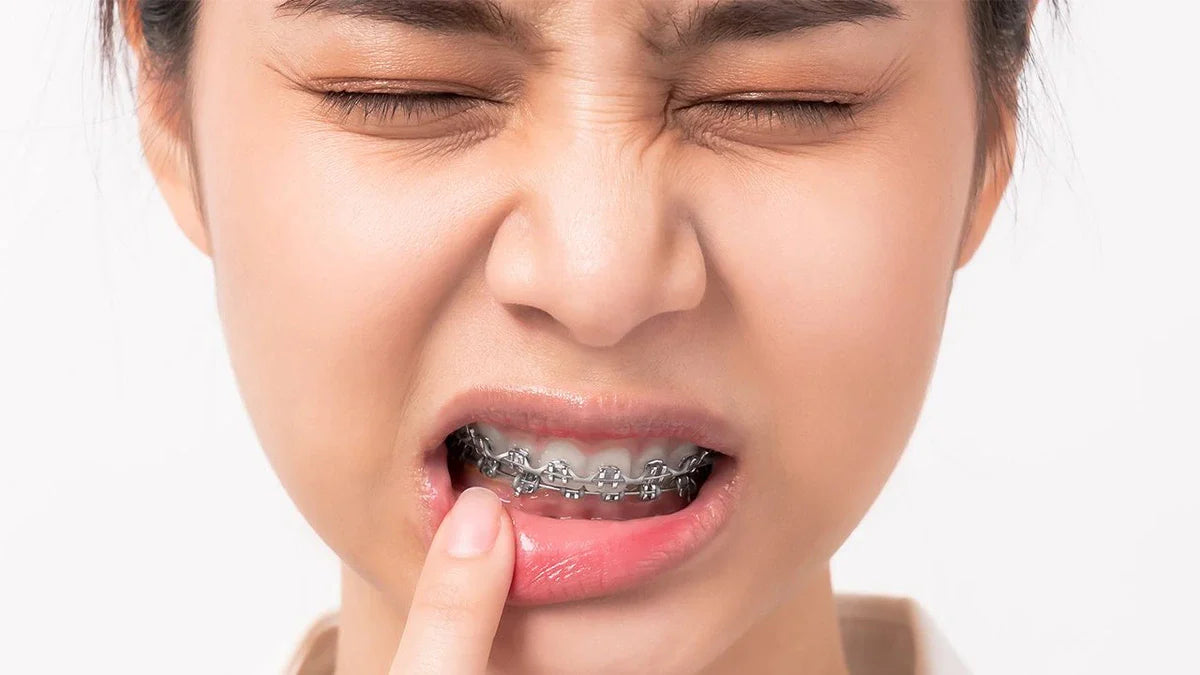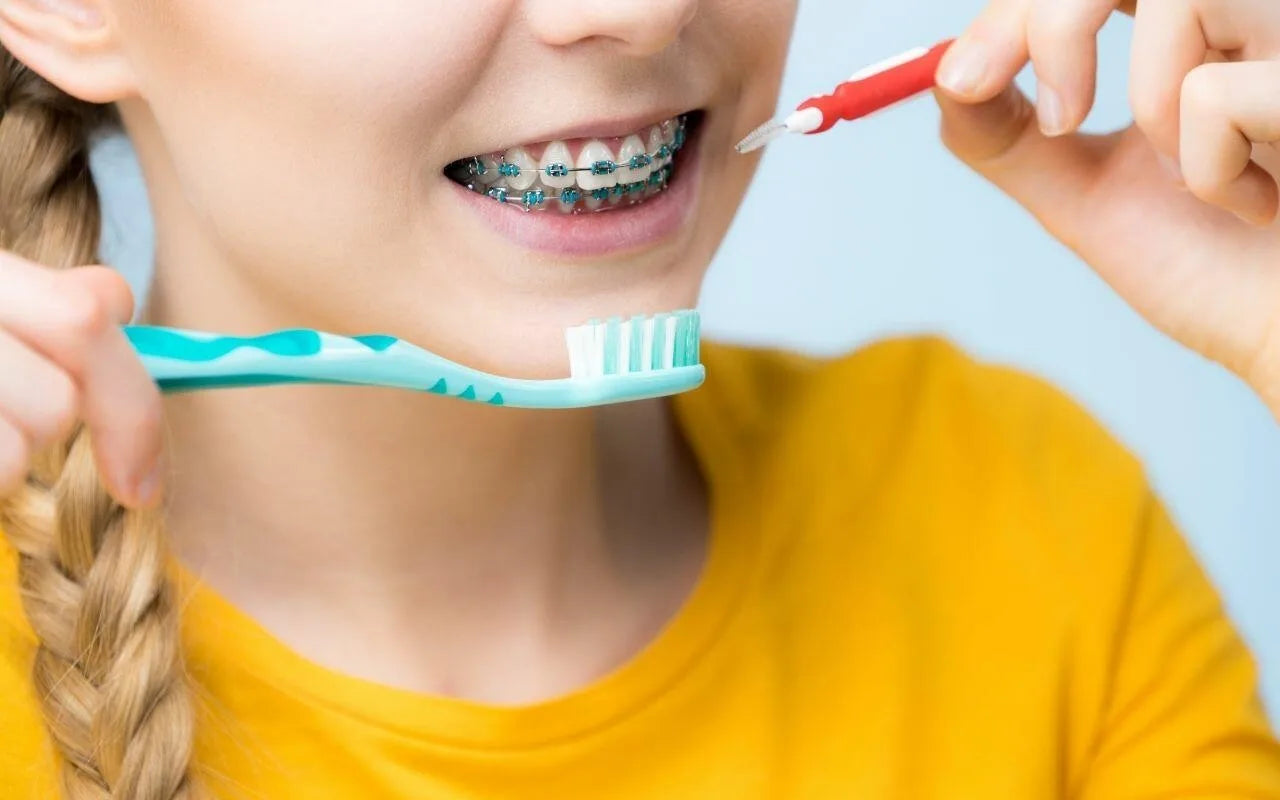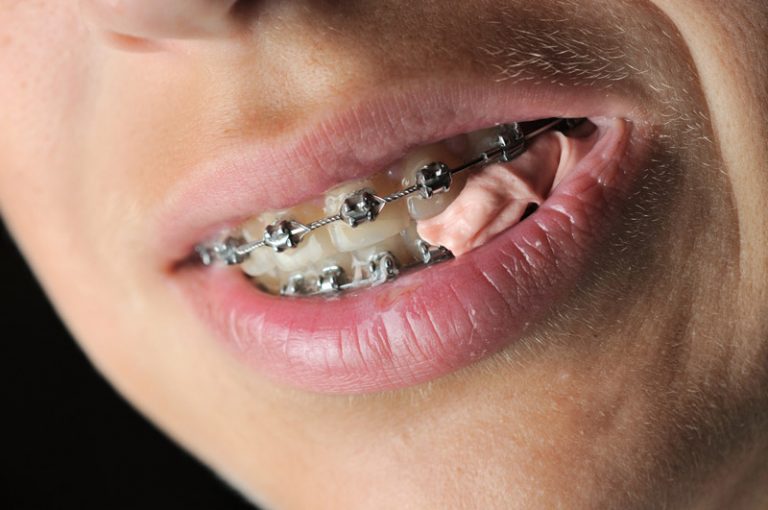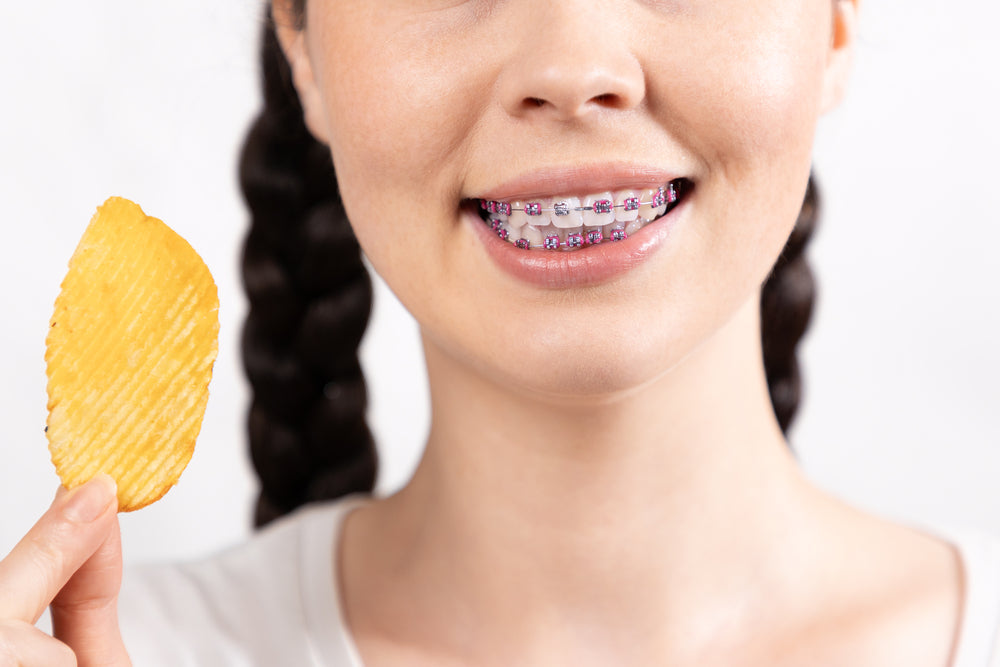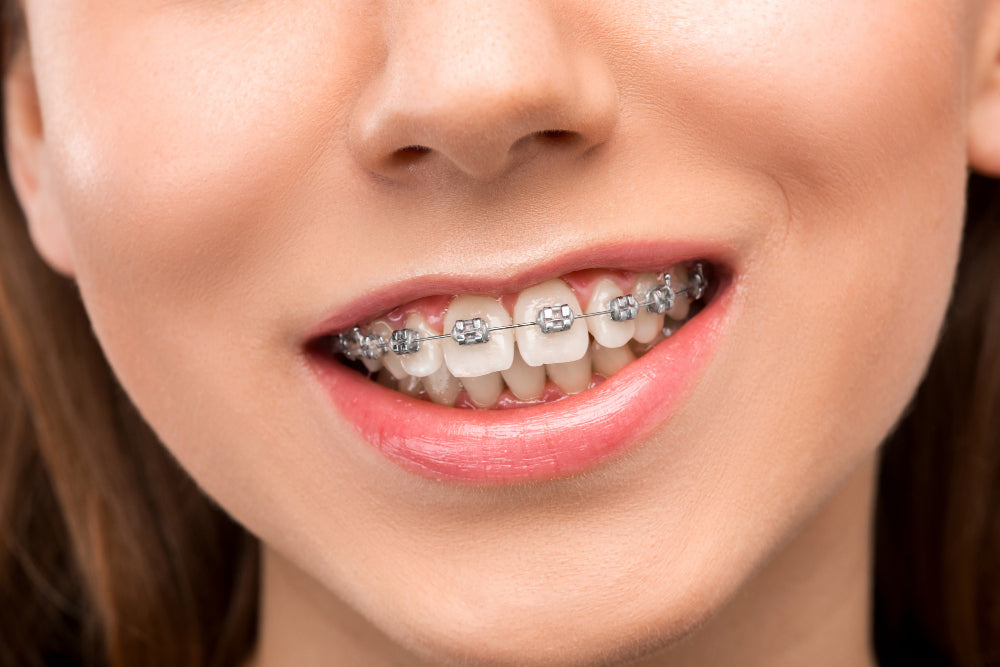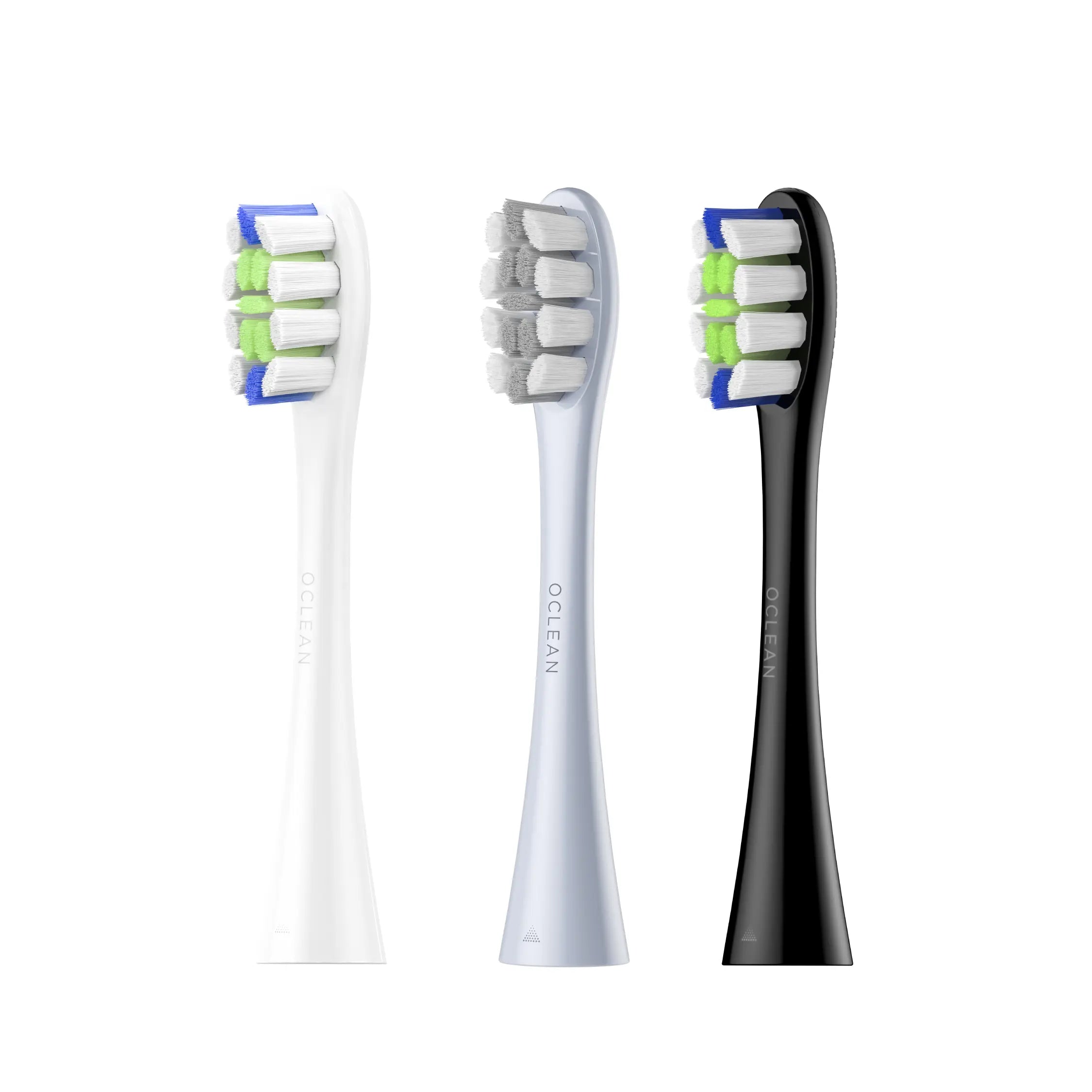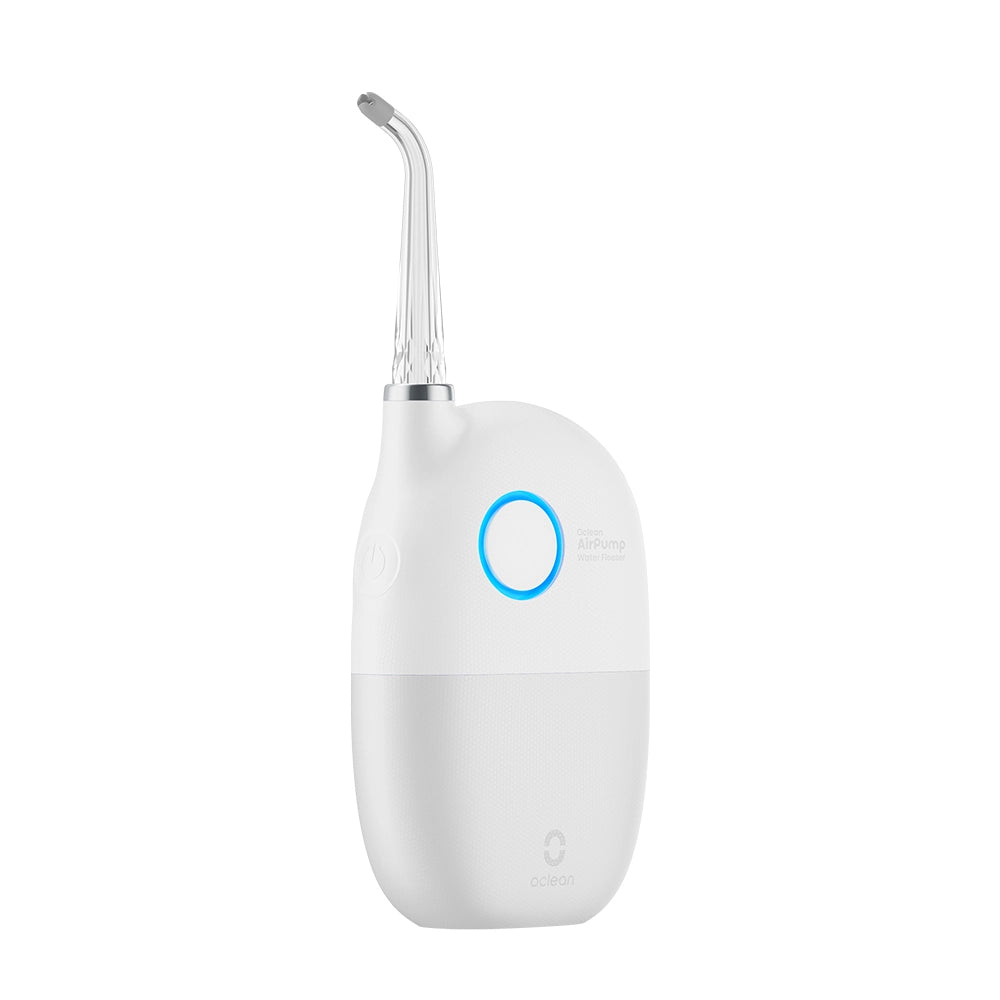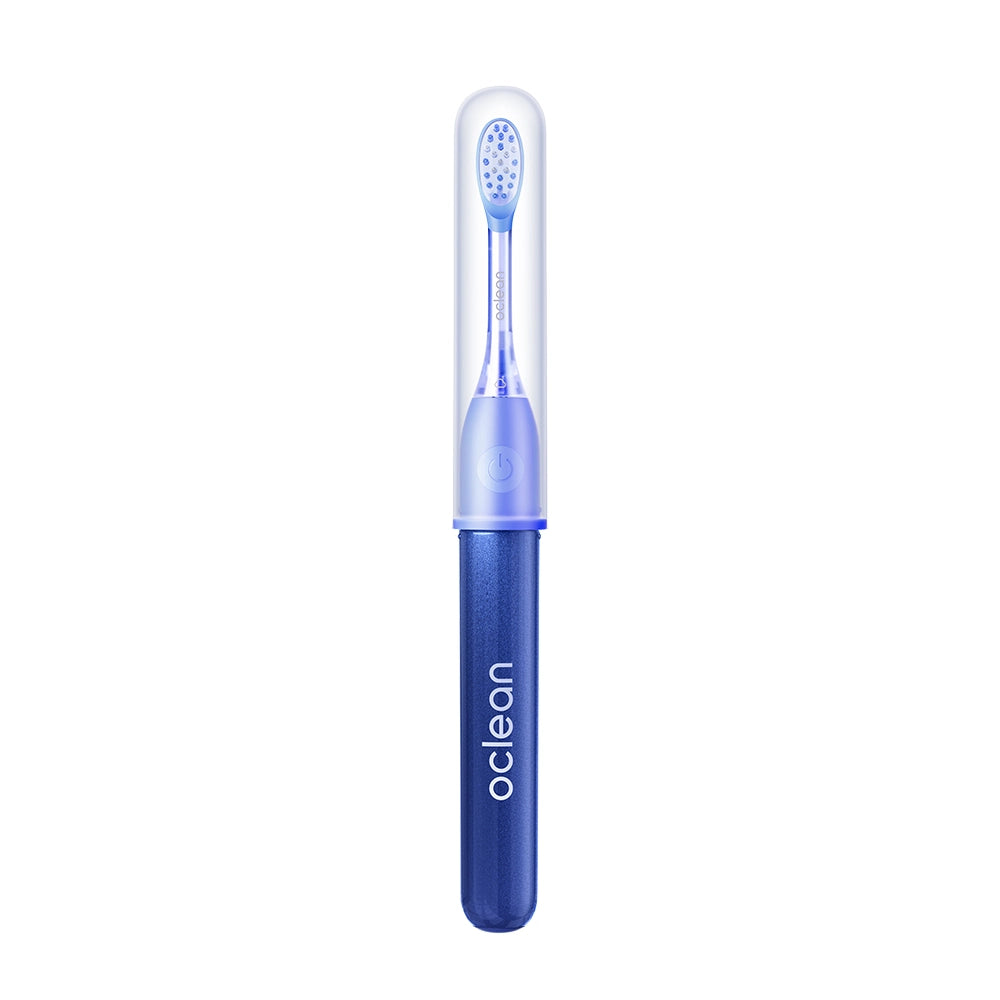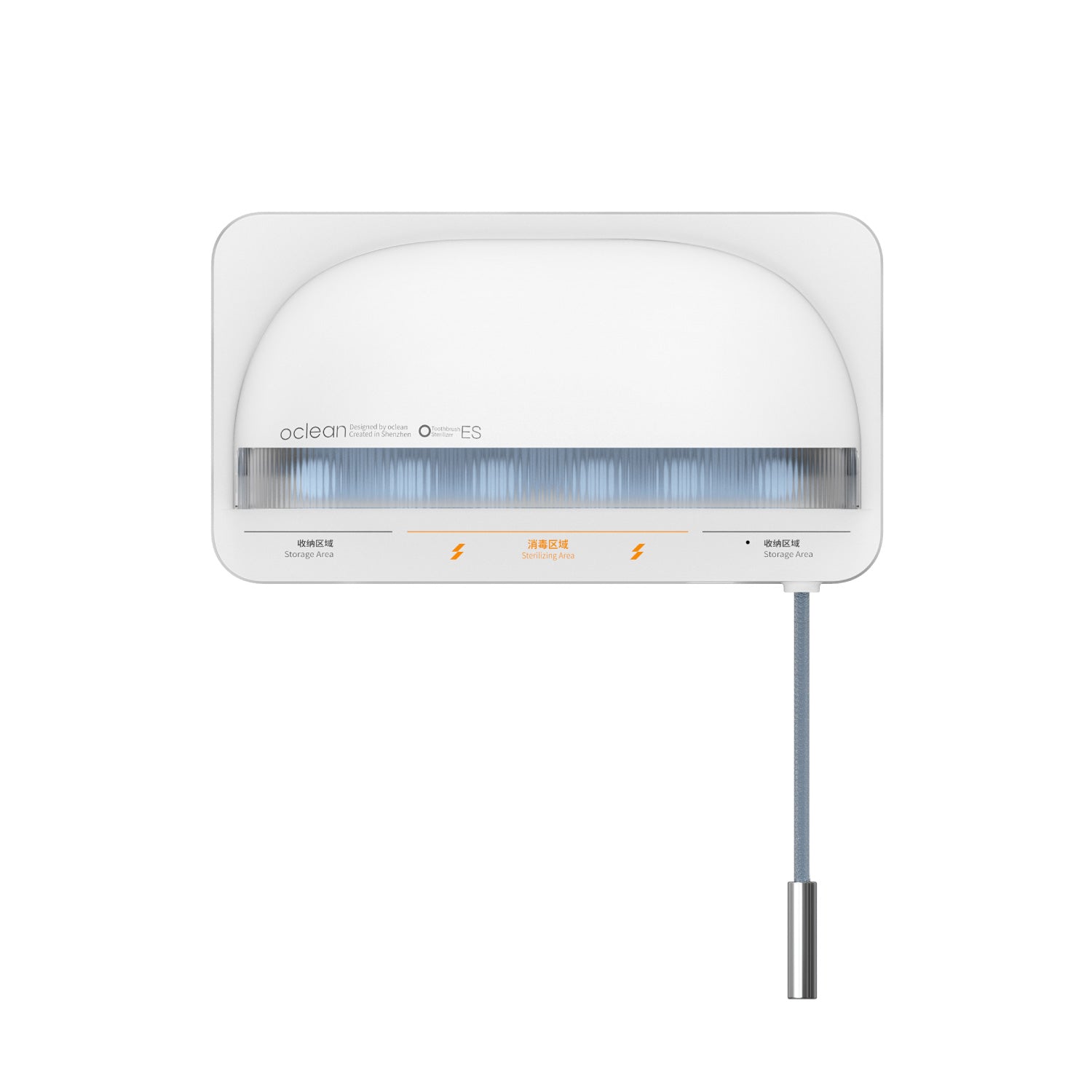If wear braces, you’ve most likely been instructed to steer clear of hard, sticky, and crunchy foods. But what about healthy greens like spinach? Is spinach good for braces, or can it cause problems?

Let's break down if spinach is safe, smart, or something to forego when you have braces.
Can You Eat Spinach with Braces?
Yes, you can eat spinach with braces, but it is not always the easiest experience. Spinach is packed with vitamins and minerals that benefit your gums and your teeth. It is high in calcium, iron, and antioxidants that help maintain the health of your mouth—just the thing you need when you’ve got braces. [1]
The catch here is that spinach, and in particular raw spinach, clings to braces. The convenient alternative? Cooked spinach. So yes, spinach is certainly on the table, but extra caution works wonders.
Does Spinach Get Stuck in Braces?
Yes, spinach is notorious for being clingy when it comes to braces. Particularly fresh spinach. Thin, flat leaves can wrap right around your wires or get wedged underneath brackets. And because spinach is a dark green colour, it’ll really stand out on your braces and on your teeth, which can be a bit embarrassing. [2] Cooked spinach is less trouble. Wilted spinach is soft and falls off the braces more easily.
This doesn't mean that you should eliminate spinach completely, it merely indicates that you should be careful:
- Swish with water or mouthwash after a meal.
- Have floss picks or interdental brushes on hand.
- Double-check your smile in front of the mirror before you leave.
Yes, spinach can become stuck, but with some care, it is something you can manage.
Is Spinach Beneficial for Your Oral Health?
Spinach happens to be among the best foods you can consume while wearing braces. It is soft, gentle (particularly when cooked), and rich in nutrients that benefit your gums, teeth, and overall well-being.
Here is why spinach is good for your oral health:
1. Rich in Calcium for Healthy Teeth
Spinach is loaded with calcium, keeping your jaws and teeth firm. That comes in particularly handy if you’ve recently gotten braces moving things into place — your teeth need the support. [3]
Calcium helps guard the enamel (that tough outer shell on your tooth) against erosion. It won't repair enamel that is already worn away, but it can prevent it from deteriorating any further. Throw in some spinach now and then, and you're topping up your smile with calcium.
2. Packed with Vitamins C
If your gums become tender and swollen from having braces, Vitamin C in spinach can soothe them. It stimulates collagen — the substance that maintains the gum tissue firm and elastic — as well as assists in healing your mouth faster if you experience irritation from the wires and brackets. [4]
In addition, spinach has antioxidants such as beta-carotene and flavonoids that combat inflammation and defend your gums against infection.
3. More Iron = Improved Blood Flow
Braces may, at times, make your gums tender and sensitive. Spinach is iron-rich, and iron maintains your blood circulation well in gum tissues.
Good blood flow assists your gums in resisting infection and healing faster and can reduce your risk for things like gingivitis while you are in orthodontic treatment.
4. Softer Texture, Lower Risk
Spinach, when cooked, is tender and kind to your braces. It is not anything like chewing on a tough apple or crunching on popcorn. Even fresh spinach is still easier on the chew than tougher greens such as kale.
When you're working with tender teeth following an adjustment, spinach is one of those foods that won't exacerbate the problem, and that counts as a victory in our opinion.
5. It Contains Fibre Which Cleans Your Mouth
Spinach has a high fibre content, and that happens to be really good for the mouth. Fibre stimulates the flow of saliva, and saliva is the body’s built-in defence mechanism for the mouth. It washes away food fragments, neutralizes acid, and prevents the build-up of plaque.
More salivation = cleaner teeth, particularly in those difficult-to-reach areas near the braces.
Are There Any Downsides of Eating Spinach with Braces?
Although spinach is usually an excellent choice, there are a few small things to be aware of:
1. It Can Get Stuck in Braces
Spinach (raw leaves in particular) will stick to brackets and wires, particularly in inaccessible areas. When you eat spinach, attempt to:
- Remove any loosely attached food with an interdental brush or floss pick.
- Brush as necessary to prevent buildup
- It won't harm you, but it's frustrating if you're caught smiling with green things in your mouth!
2. It Contains Oxalates
Spinach is rich in oxalates, which are natural compounds that bind with calcium and decrease the amount absorbed in the body. It is not much of an issue if you only eat spinach as your calcium source. It would be best if you consumed other calcium-rich foods such as dairy, tofu, or fortified plant milks with it.
Raw Spinach vs Cooked Spinach: Which Is Better with Braces?
Here’s the quick lowdown:
|
Form |
Pros |
Things to Watch |
|
Raw Spinach |
Crunchy and fresh, full of fibre |
Leaves may stick in braces – rinse or brush after |
|
Cooked Spinach |
Softer, easier to chew, easier to digest |
None! Ideal for sore teeth or recent tightening |
So the best choice? Cooked spinach. It is softer, easier to chew, and less likely to become tangled in your braces.
Best Ways to Prepare Spinach for Braces Wearers
Spinach is packed with nutrition but when you have braces, it comes down to the preparation. The aim is straightforward: tender, chewy, and non-sticky. Following is how you can best get spinach on your plate while avoiding worrying about it sticking in your braces:
1. Spinach Soups
Comforting, warm, and braces-friendly. Blend spinach into a creamy soup, or stir it into broth. Cooking it in soup tenderizes the texture and preserves all the goodness. No chewing stress, no sticky pieces.
2. Steamed Spinach
Gentle steaming makes tough spinach leaves tender, not mushy. It makes spinach easier to chew and less probable to wrap around brackets and wires. Simply steam for 2-3 minutes, and add a pinch of salt or squeeze of lemon, and you're ready to go.
3. Sautéed Spinach
Cook it in olive oil with some garlic or onion, and the spinach goes soft, tasty, and really gentle on your braces. Simply ensure it is completely wilted, in order not to leave any stringy textures tucked into your brackets afterwards.
Braces-Friendly Foods: What’s Safe to Eat (and What to Avoid)
While you wear braces, it really is all about the foods you eat. Here is the inside scoop on the best, and the best avoided.
Best Foods to Eat with Braces
These foods are soft, gentle, and will not harm your braces:
- Cooked vegetables (such as spinach, carrots, broccoli)
- Soft fruit (bananas, berries, peeled apples, ripe pears)
- Dairy (yoghurt, cheese, soft cheese spreads)
- Pasta and rice (soft to eat and nutritious)
- Eggs (boiled, scrambled, or poached)
- Smoothies and soups (healthy and easy on sensitive teeth)
- Soft breads (edges not crusty)
- Tender flesh (such as meatballs, braised chicken, etc)
Foods to Avoid with Braces
These can harm your braces, injure your teeth, or make it really difficult to clean:
- Hard foods (e.g., nuts, popcorn, raw carrots, crusty bread
- Chewy, sticky sweets (toffee and bubble gum)
- Crunchy foods (hard taco shells, crisps)
- Biting into objects (whole apples, ears of corn — unless sliced into small bite-sized portions)
- Sugary treats (try to limit these as sugar + braces = plaque issues)
- Simple Tips for Keeping Your Mouth and Braces Clean
With the proper habits, it is absolutely possible to maintain your braces and your smile in good health. Here are some simple, daily tips:
1. Brush After Every Meal
Food likes to hide in brackets and wires. Brushing after you eat cleans away food fragments and prevents plaque buildup. Use a soft bristle toothbrush (even better, an electric sonic toothbrush like Oclean X Pro Elite) and gently brush along your brackets and gums.
2. Daily Flossing
It can be difficult to floss with braces, but it really is important. Use orthodontic floss, or floss threaders, in order to floss in between your teeth. You can also use water flossers, which make the process faster and easier.
3. Rinse with Mouthwash
A once-daily swish with a fluoride mouthwash removes plaque your toothbrush may miss, fortifies enamel, and freshens your breath. It is an easy habit that pays off.
4. Choose the Right Foods
We’ve previously discussed it, but it bears mentioning again, that soft, nutritious foods are the best friends for your braces. Try to steer clear of tough foods that fracture brackets or stick in the brackets.
5. Stay on Schedule with Ortho Appointments
Regular appointments ensure your orthodontist can properly adjust your braces and catch any problems early. Don't skip them, even if things seem okay.
So, Is Spinach Good for Braces?
Absolutely. Spinach is one of those “braces-friendly if you're careful” foods. It is rich in the nutrients that help maintain healthy gums and healthy, solid teeth, and that is an extra benefit while wearing braces.
After all, taking care of your smile while undergoing braces makes the big reveal all the better.
Reference
Najeeb, Shariq, et al. “The Role of Nutrition in Periodontal Health: An Update.” Nutrients, vol. 8, no. 9, 30 Aug. 2016, p. 530, www.ncbi.nlm.nih.gov/pmc/articles/PMC5037517/, https://doi.org/10.3390/nu8090530.
Mayer, Annalina V., et al. “Spinach in the Teeth: How Ego- and Allocentric Perspectives Modulate Neural Correlates of Embarrassment in the Face of Others’ Public Mishaps.” Cortex; a Journal Devoted to the Study of the Nervous System and Behavior, vol. 130, 1 Sept. 2020, pp. 275–289, pubmed.ncbi.nlm.nih.gov/32698086/, https://doi.org/10.1016/j.cortex.2020.06.001. Accessed 12 Oct. 2022.
“Calcium and Vitamin D Supplements Reduce Tooth Loss in the Elderly.” The American Journal of Medicine, vol. 111, no. 6, 15 Oct. 2001, pp. 452–456, www.sciencedirect.com/science/article/pii/S0002934301008993, https://doi.org/10.1016/S0002-9343(01)00899-3.
Olsen, Natalie. “Spinach: Nutrition, Health Benefits, and Diet.” Www.medicalnewstoday.com, 29 June 2018, www.medicalnewstoday.com/articles/270609.
Table of Contents
